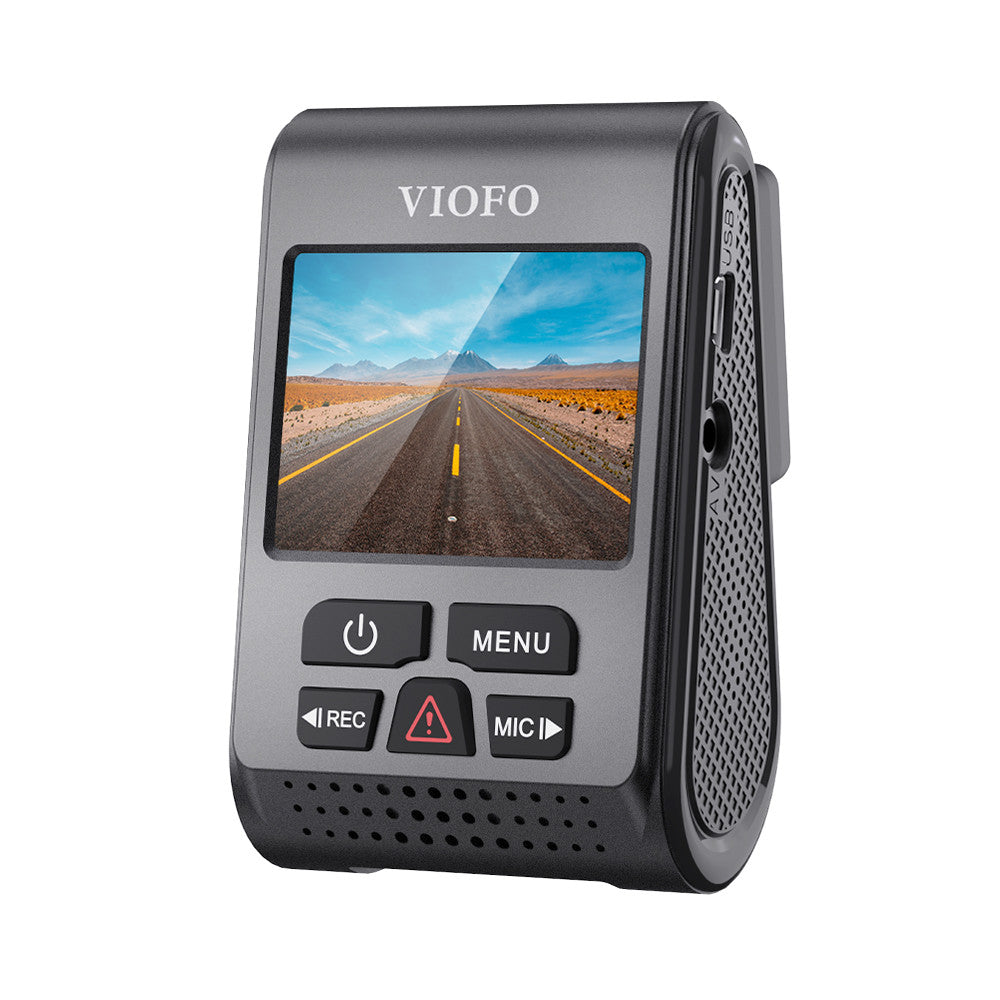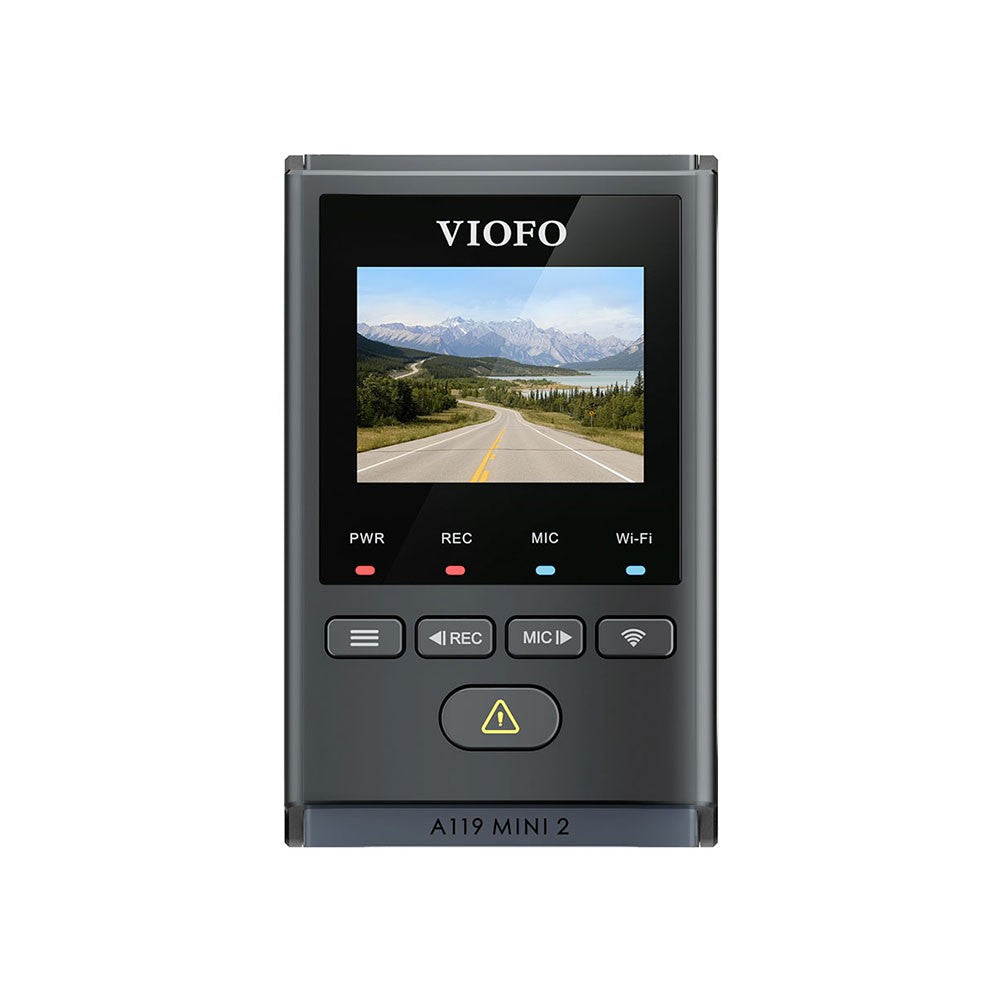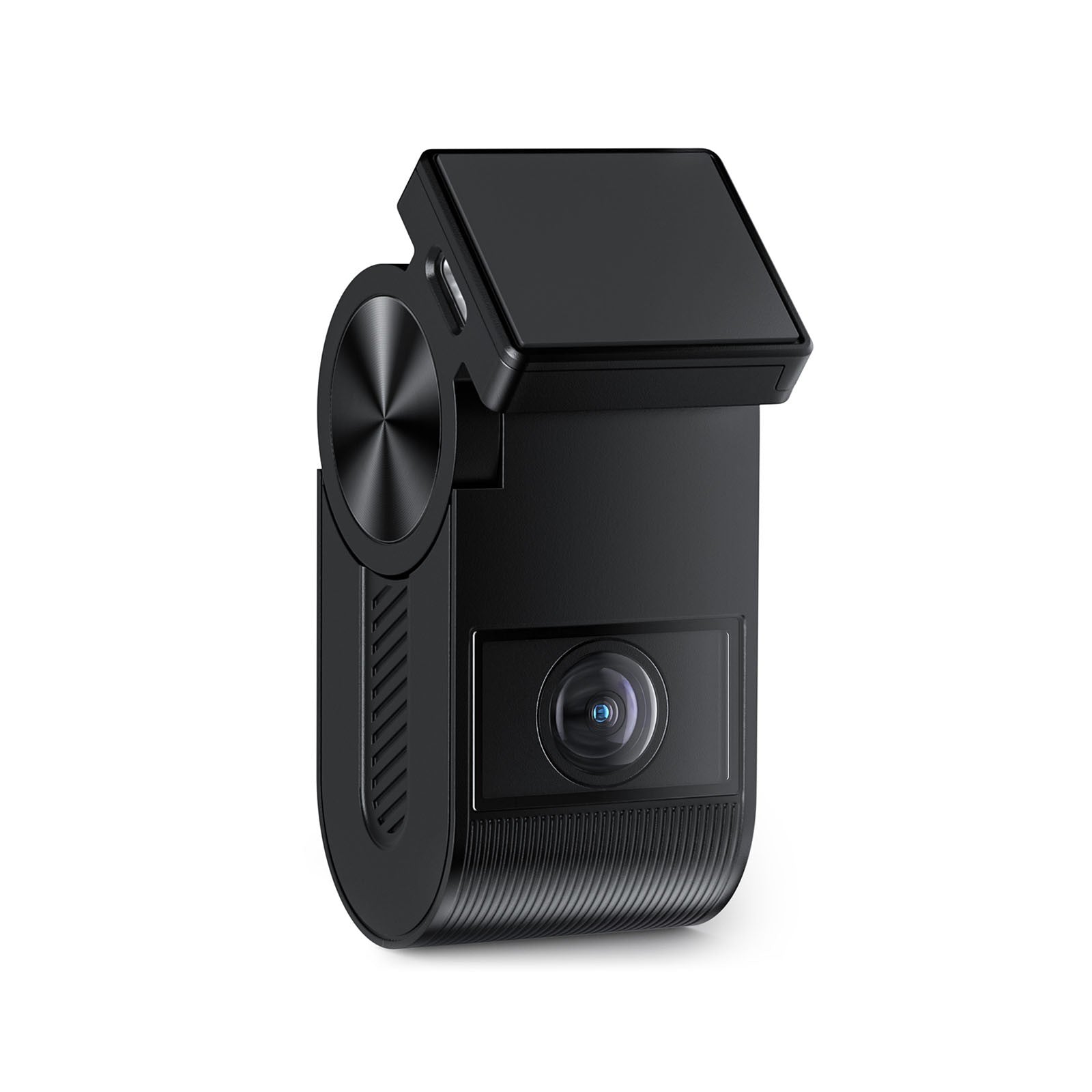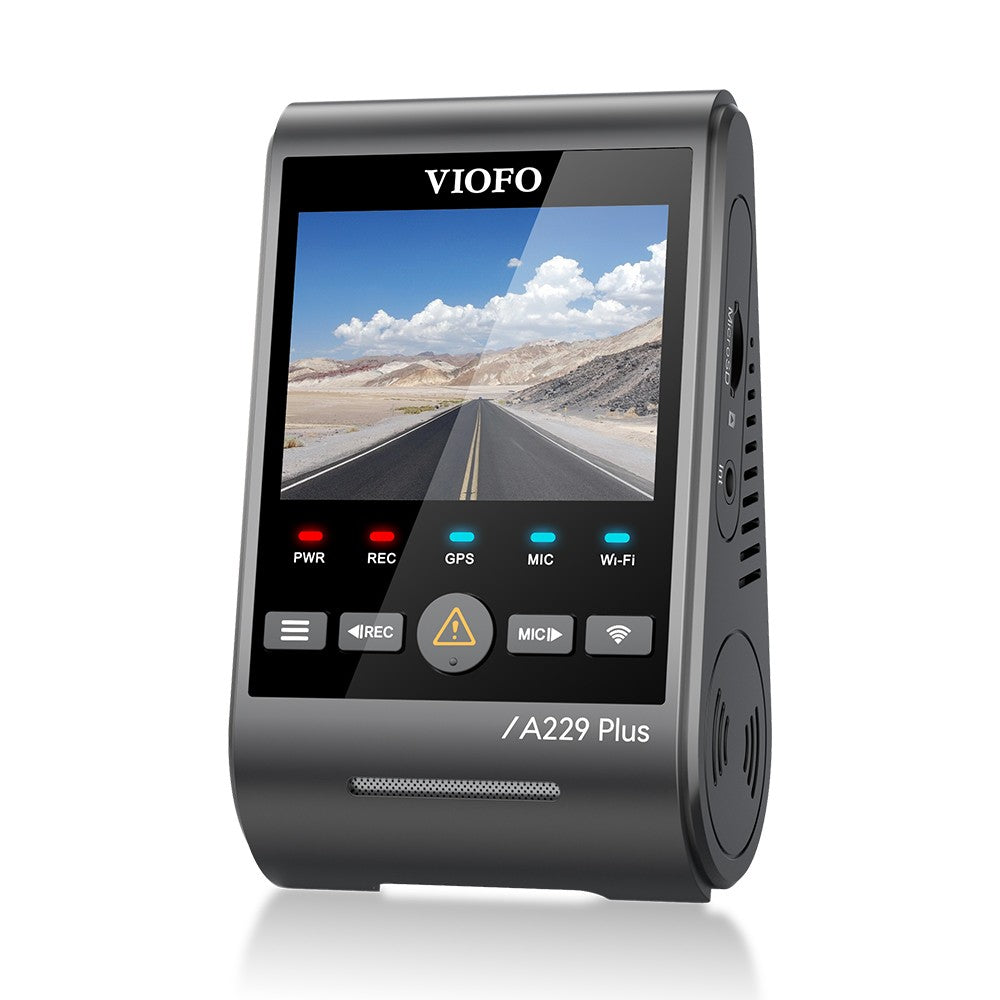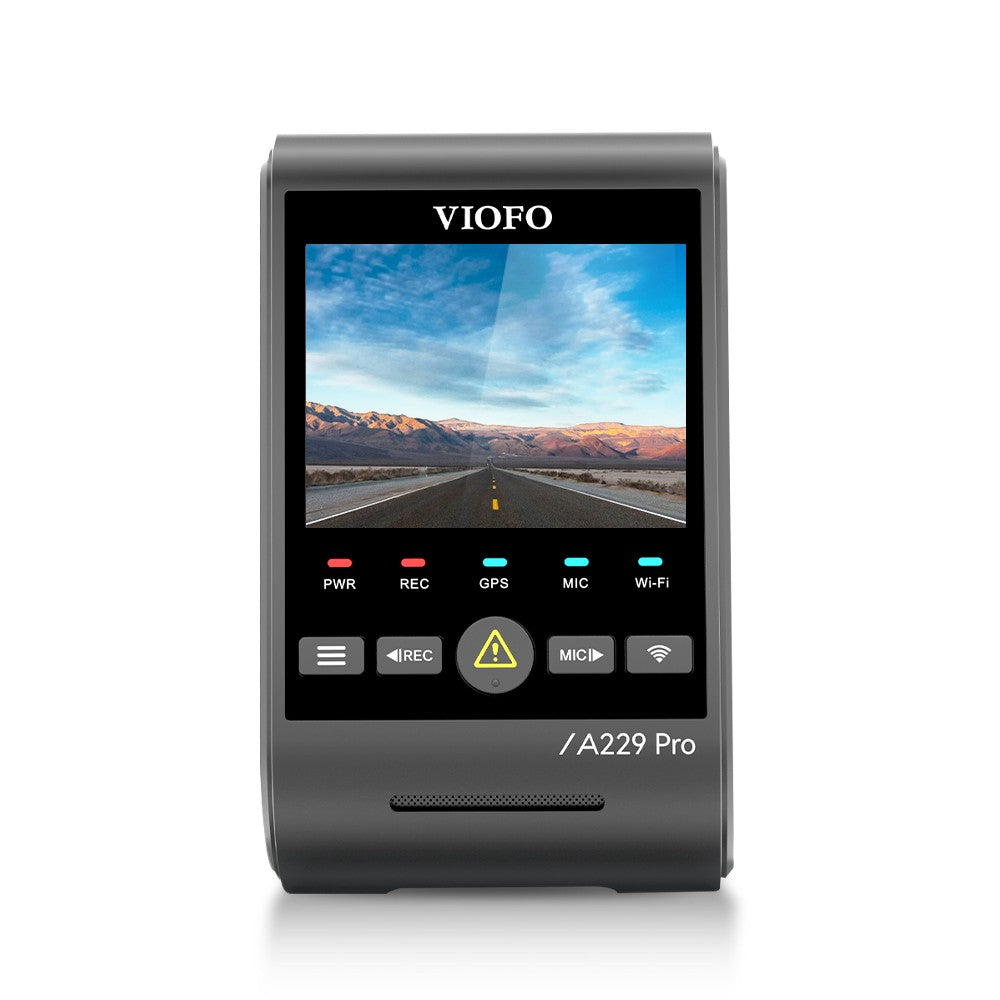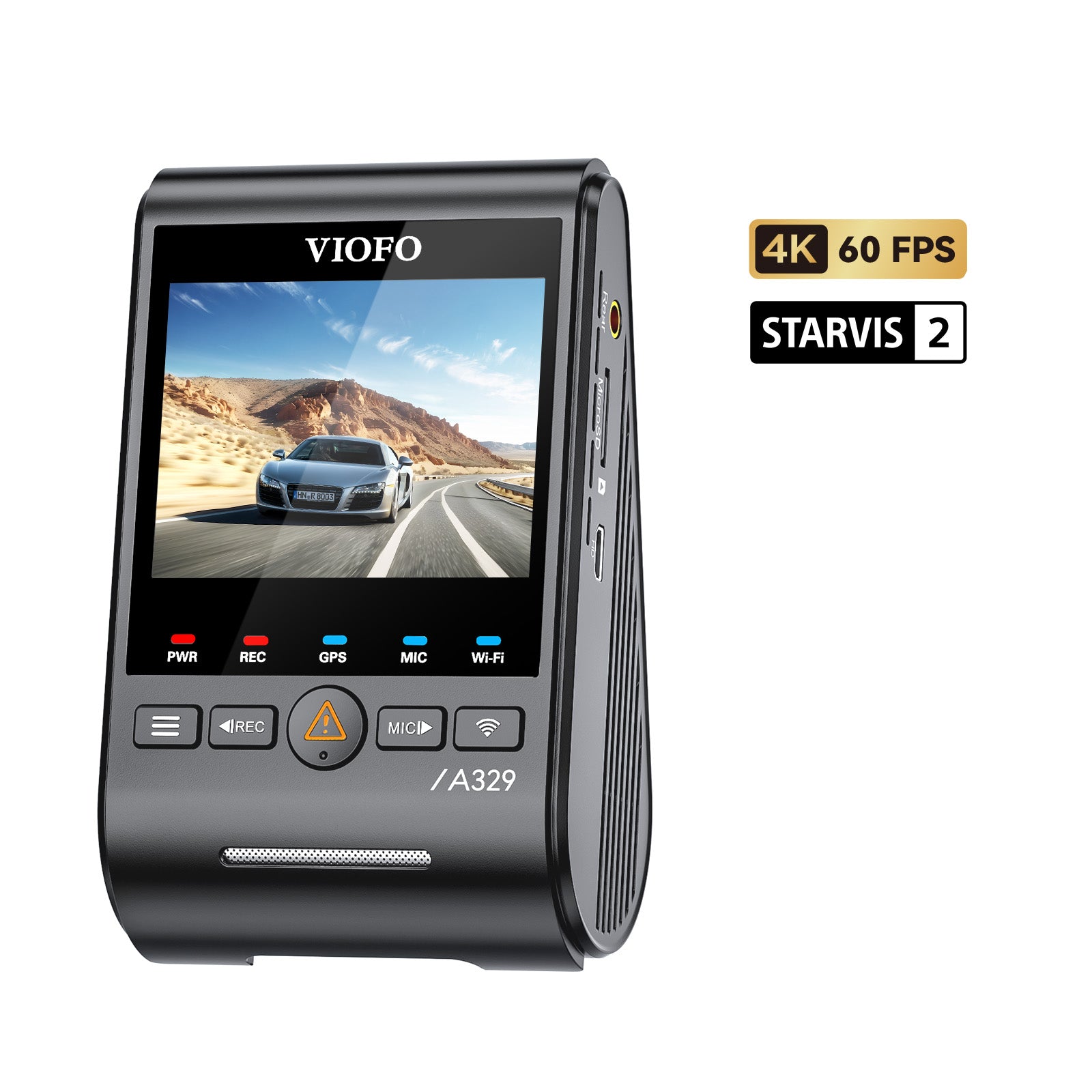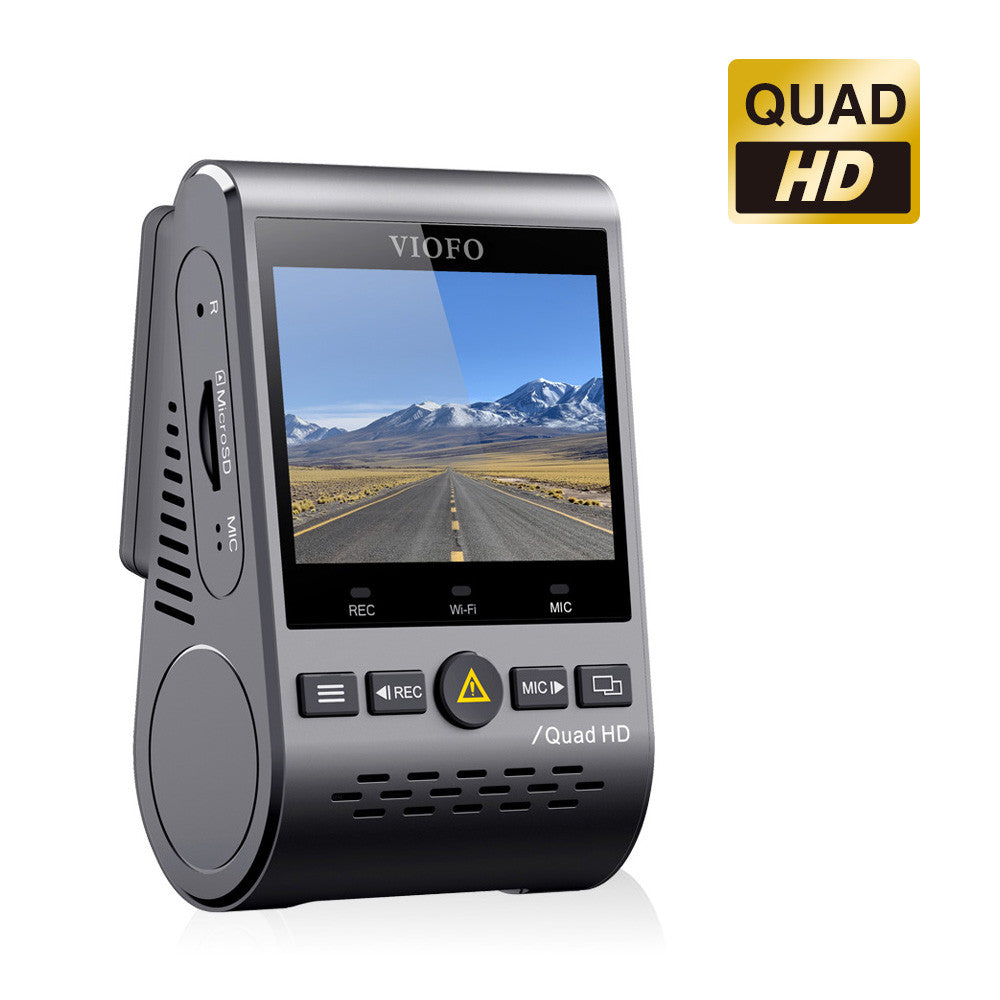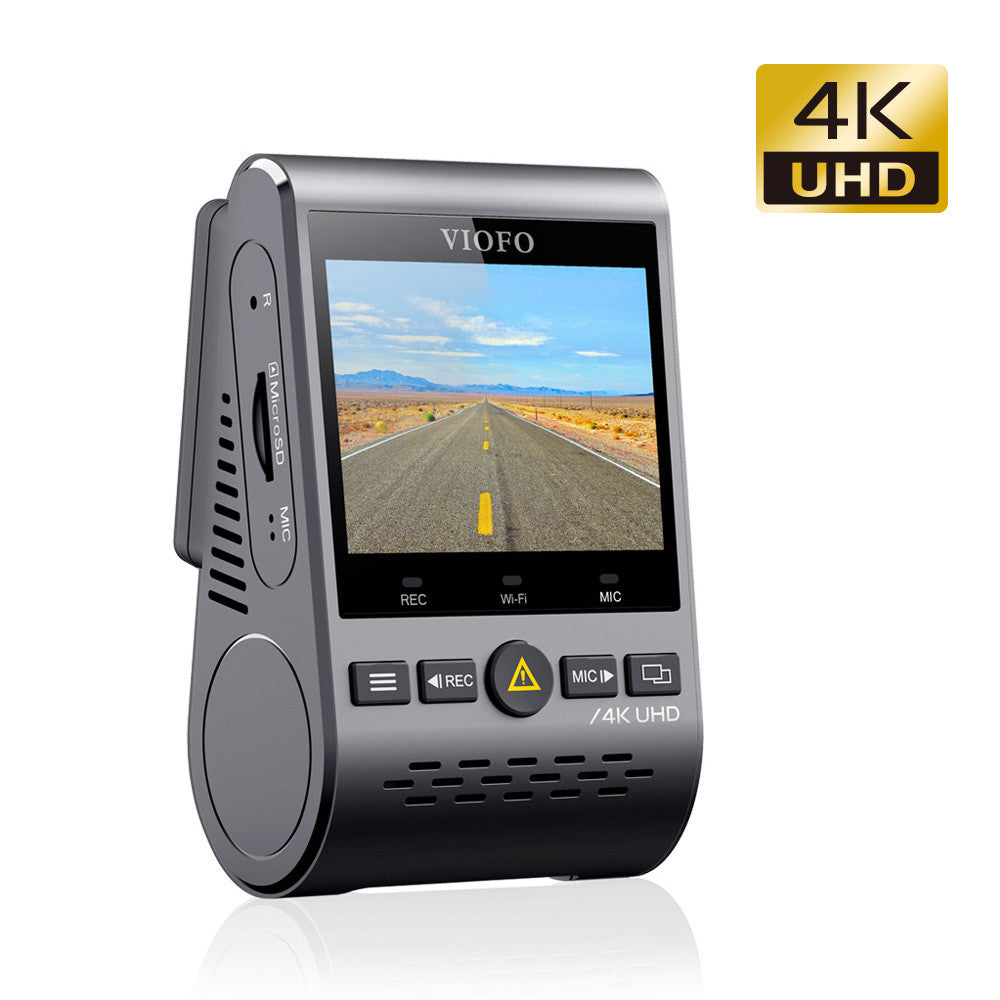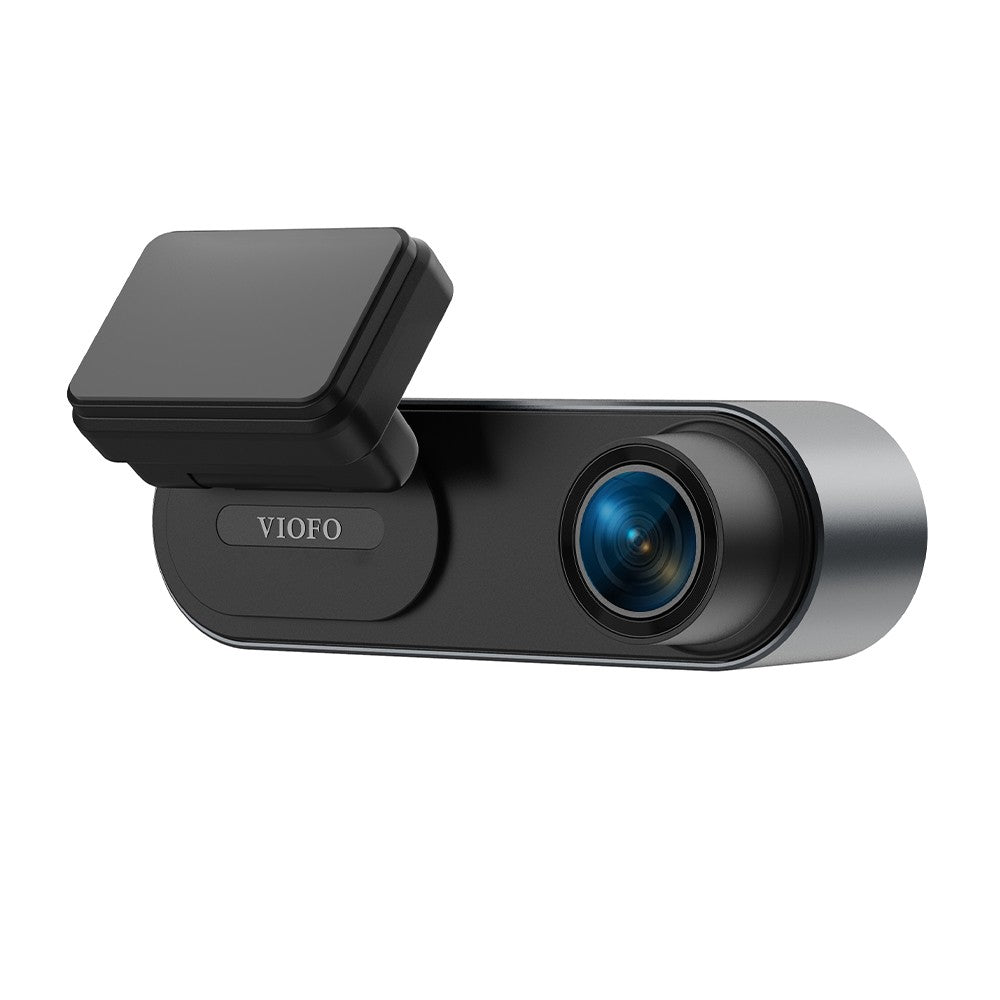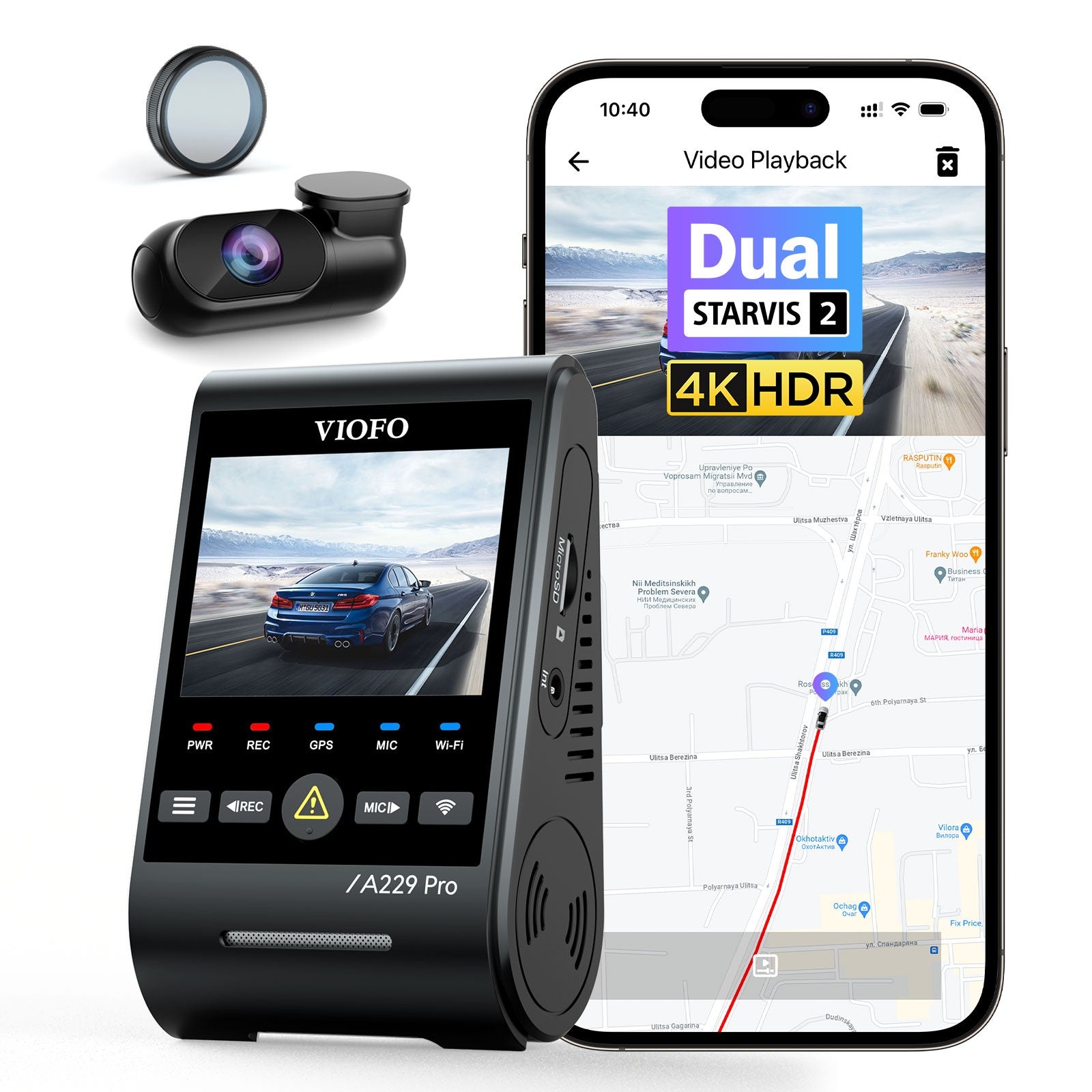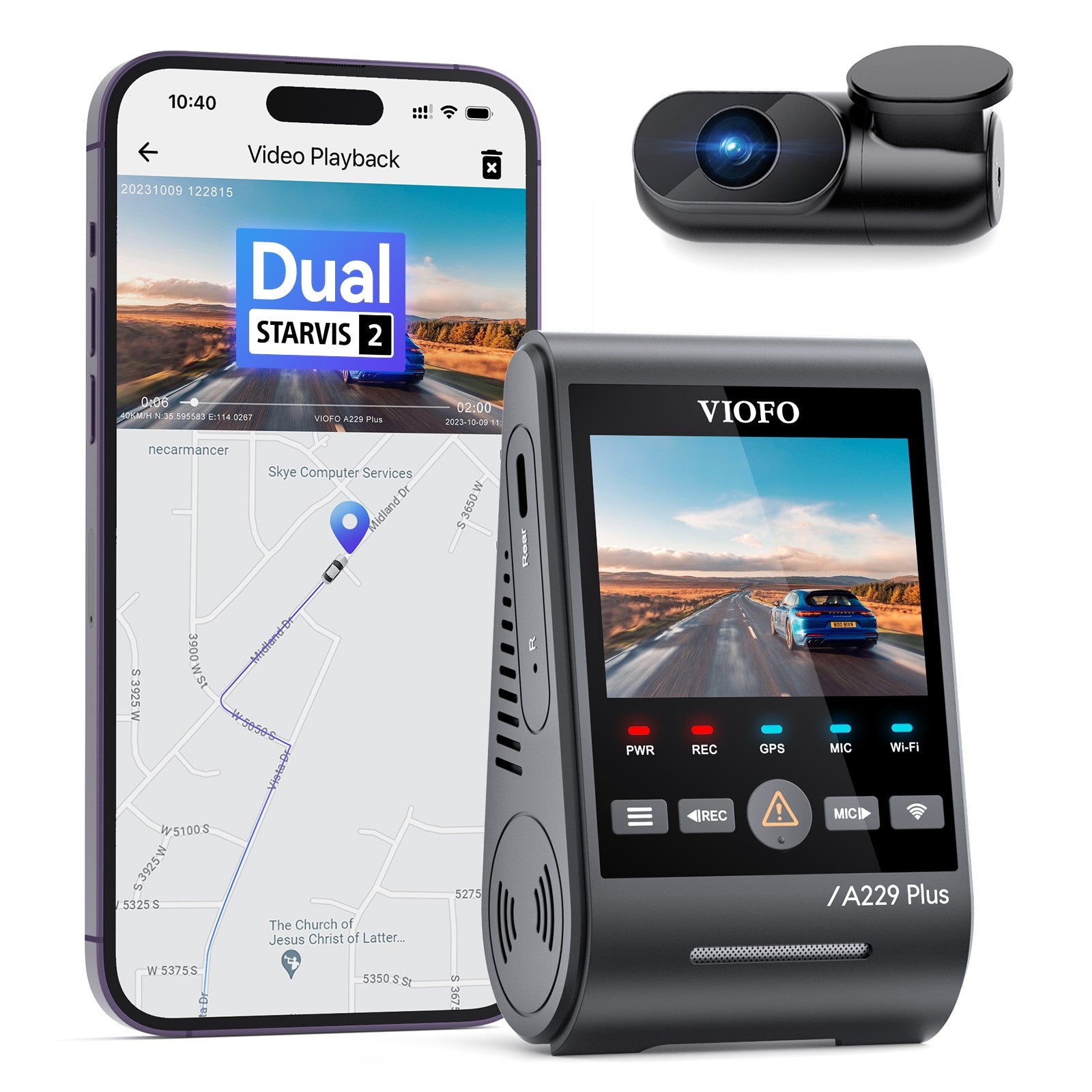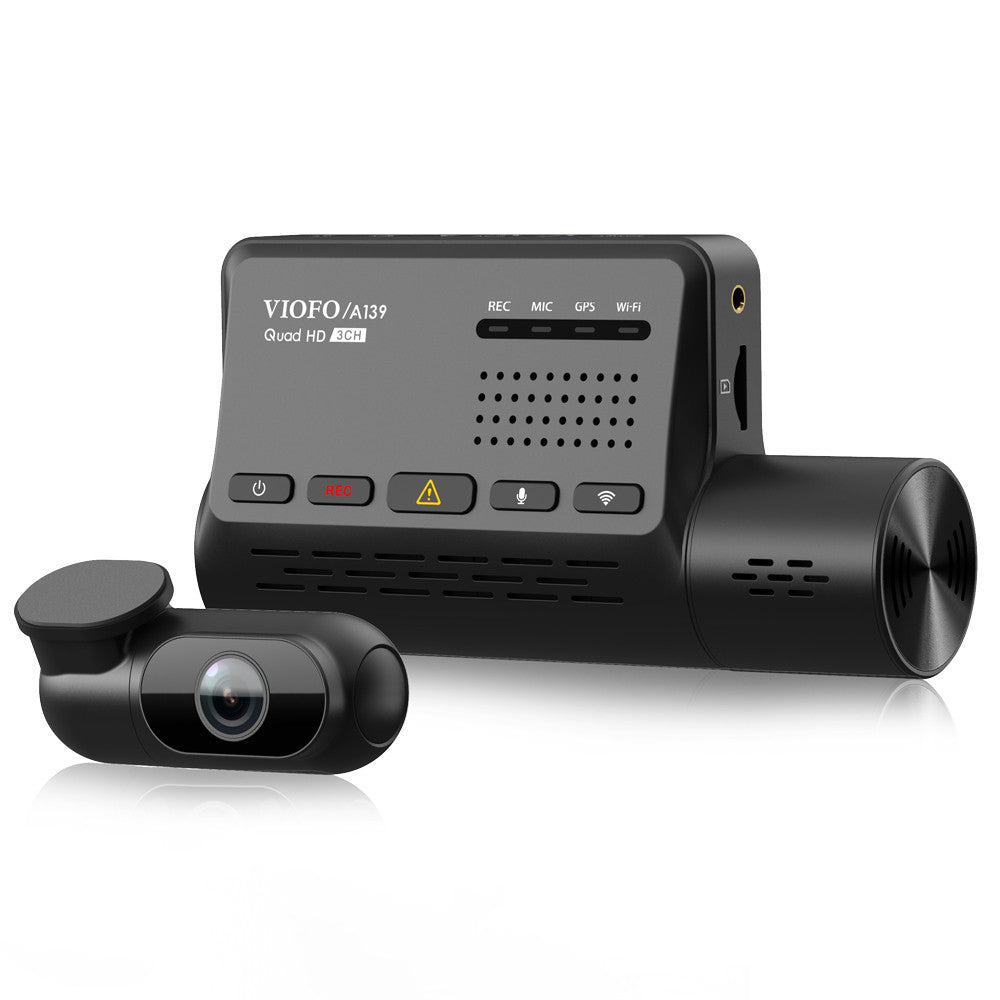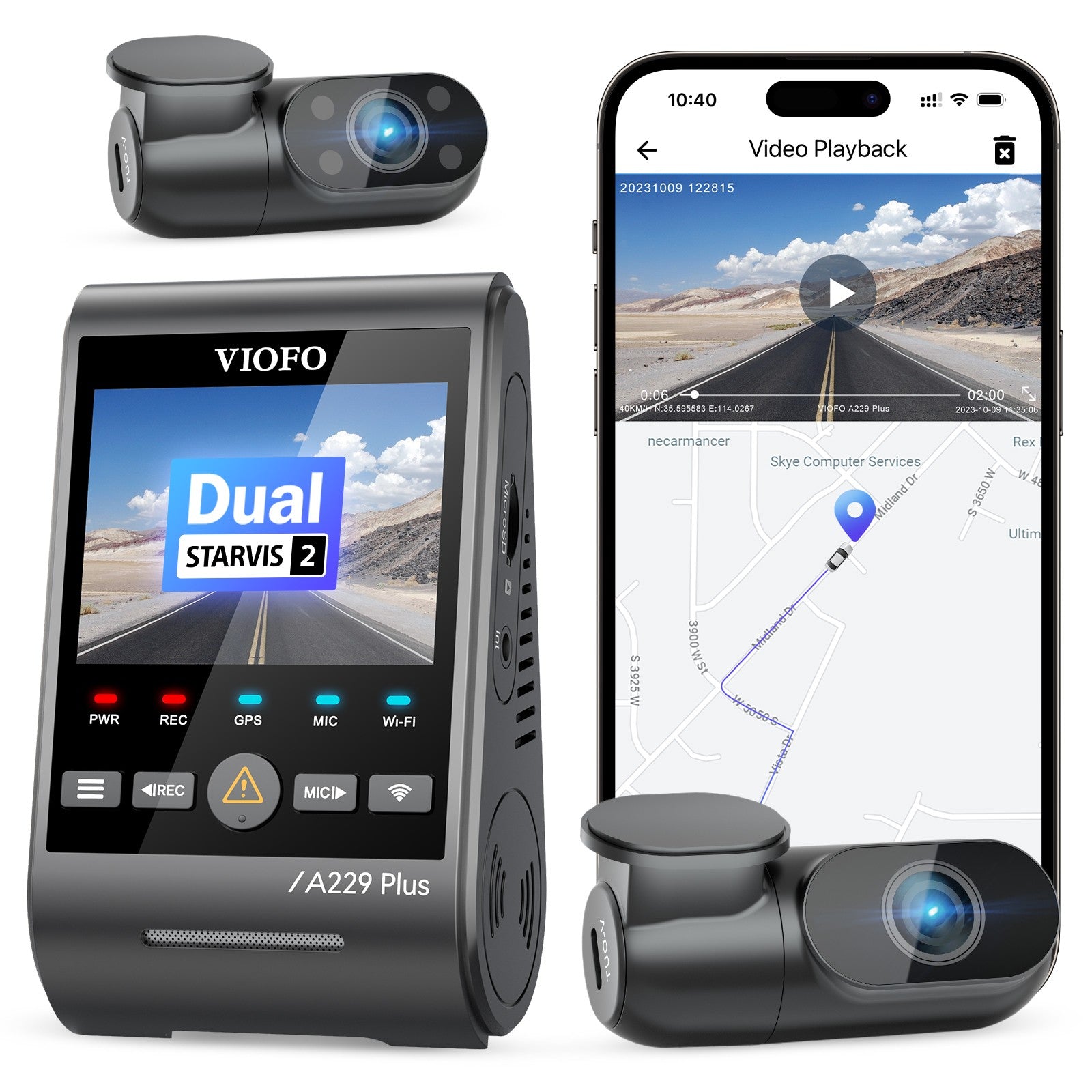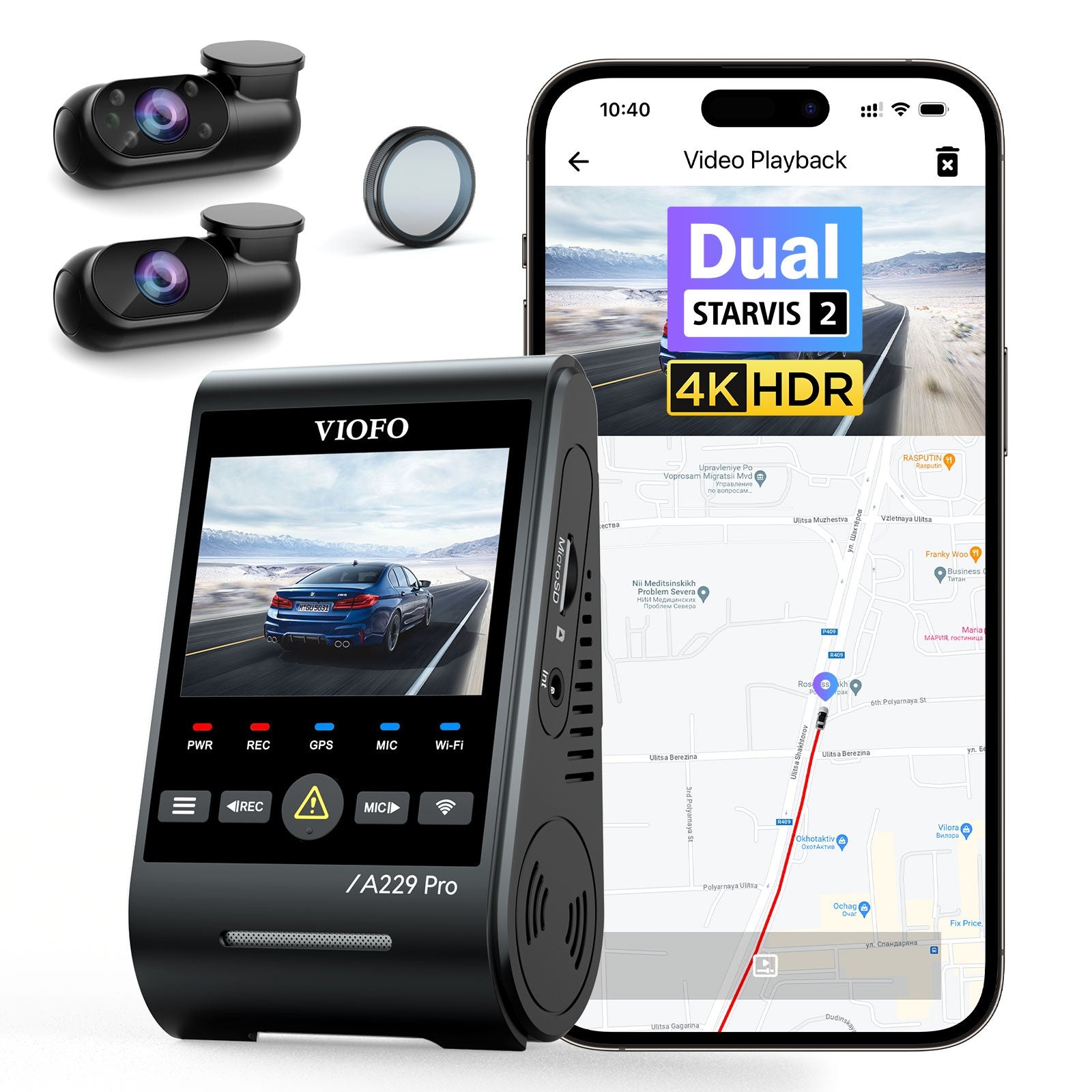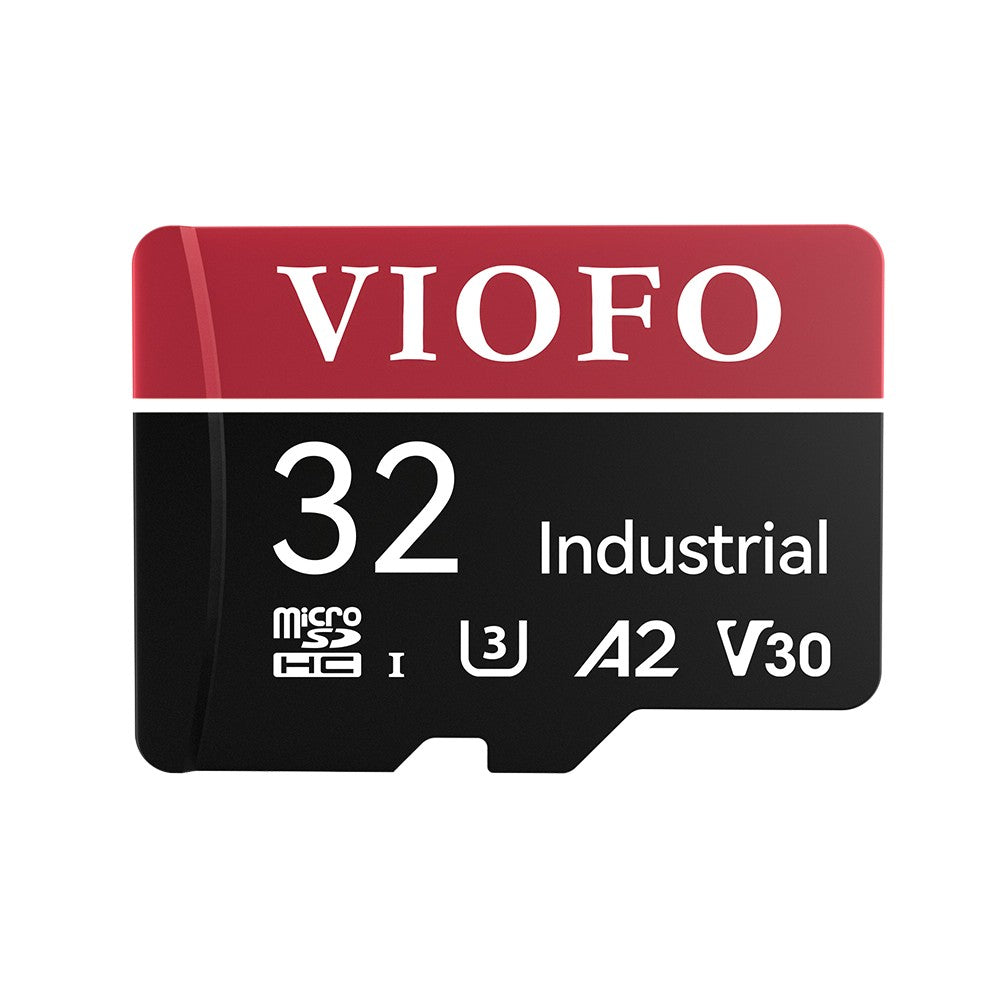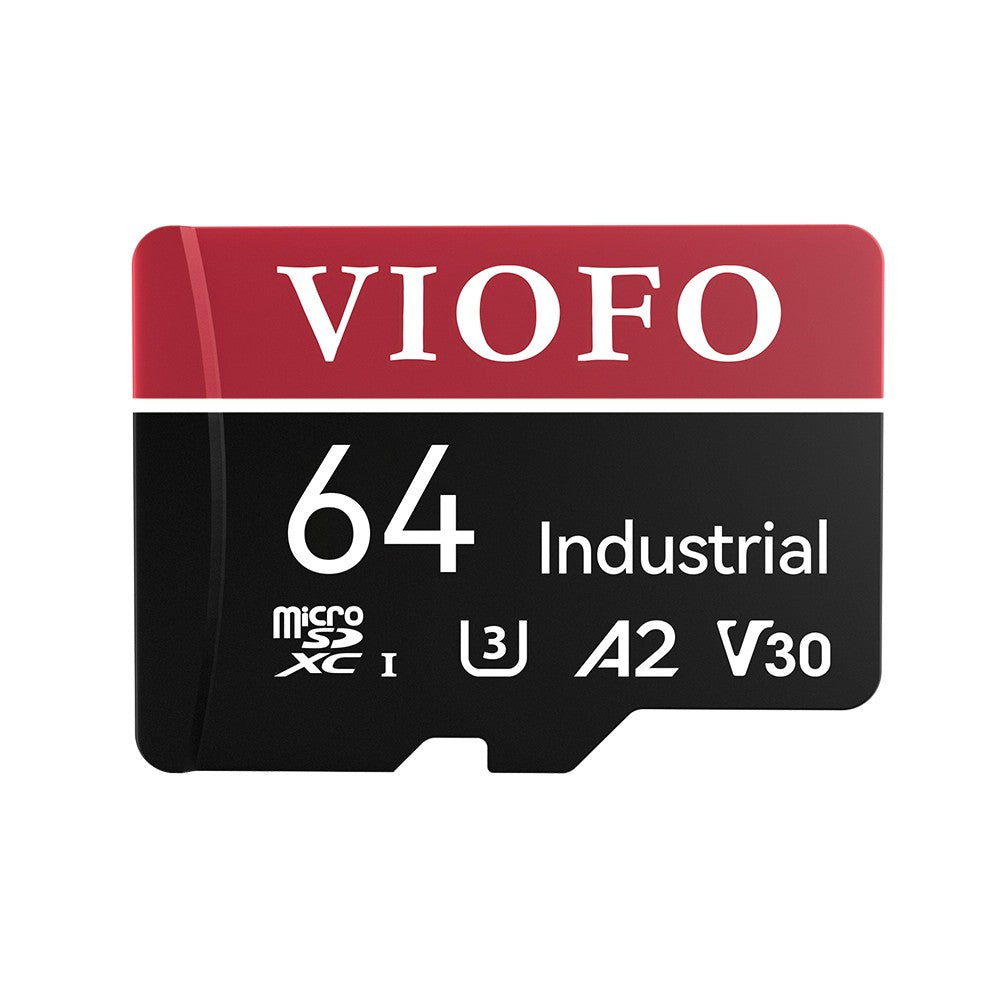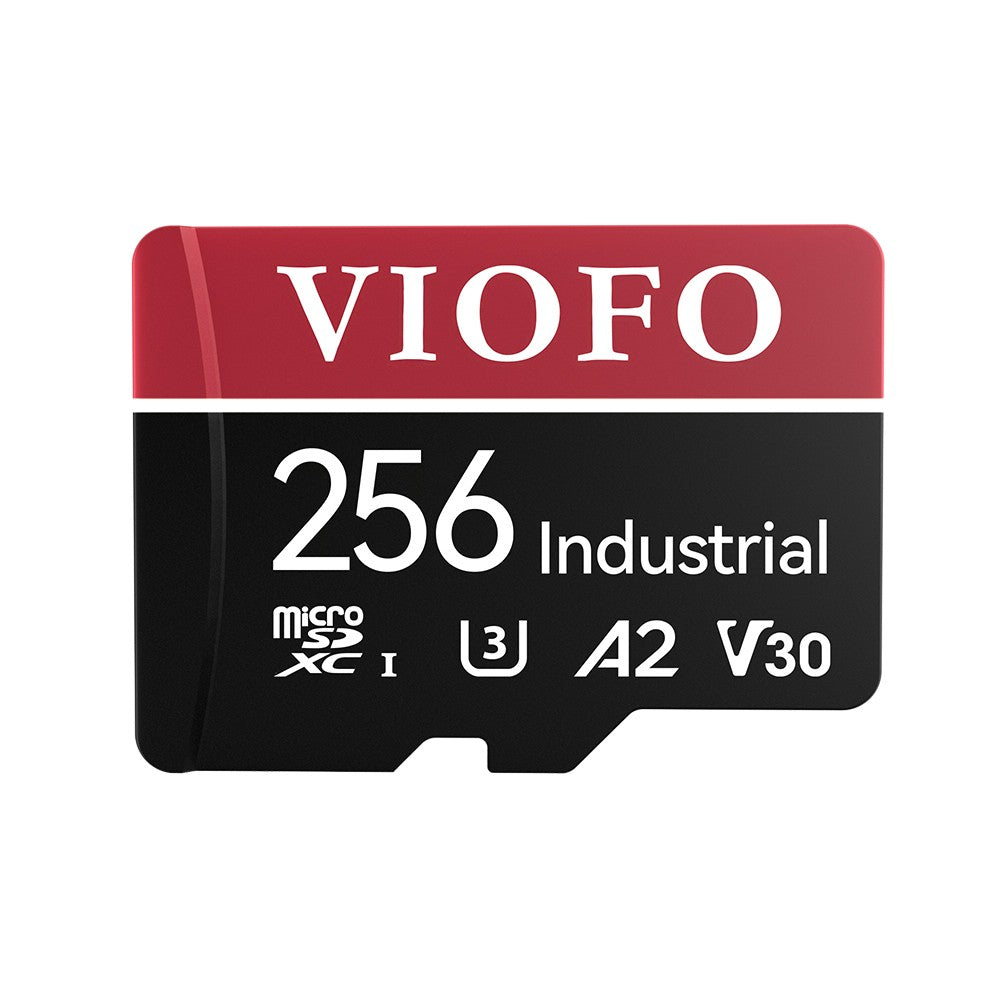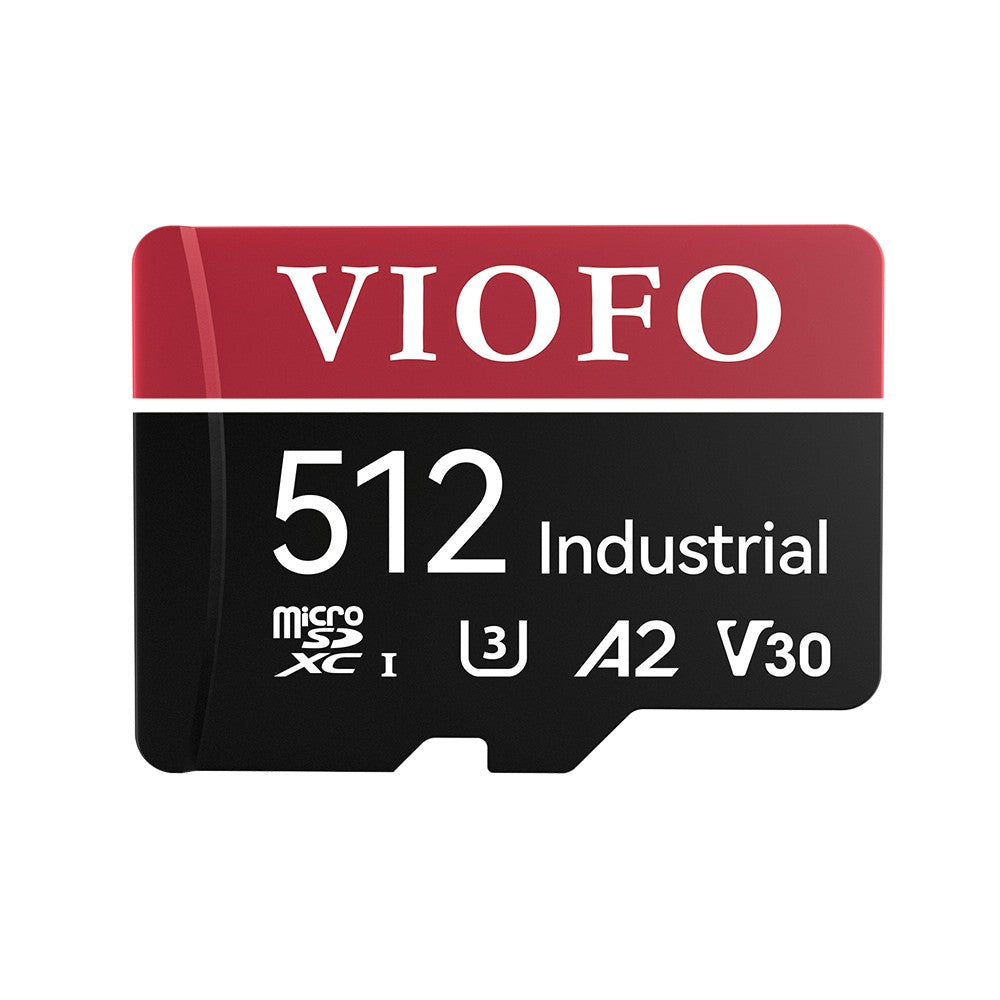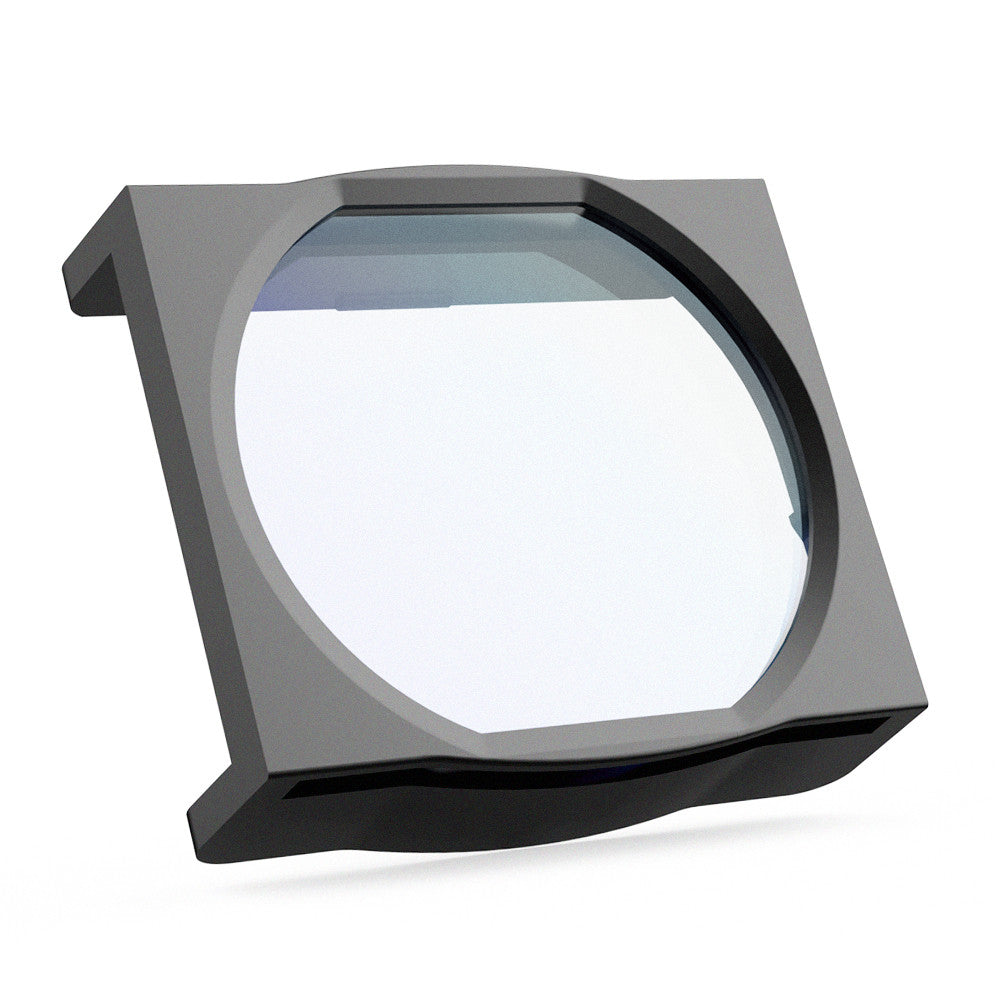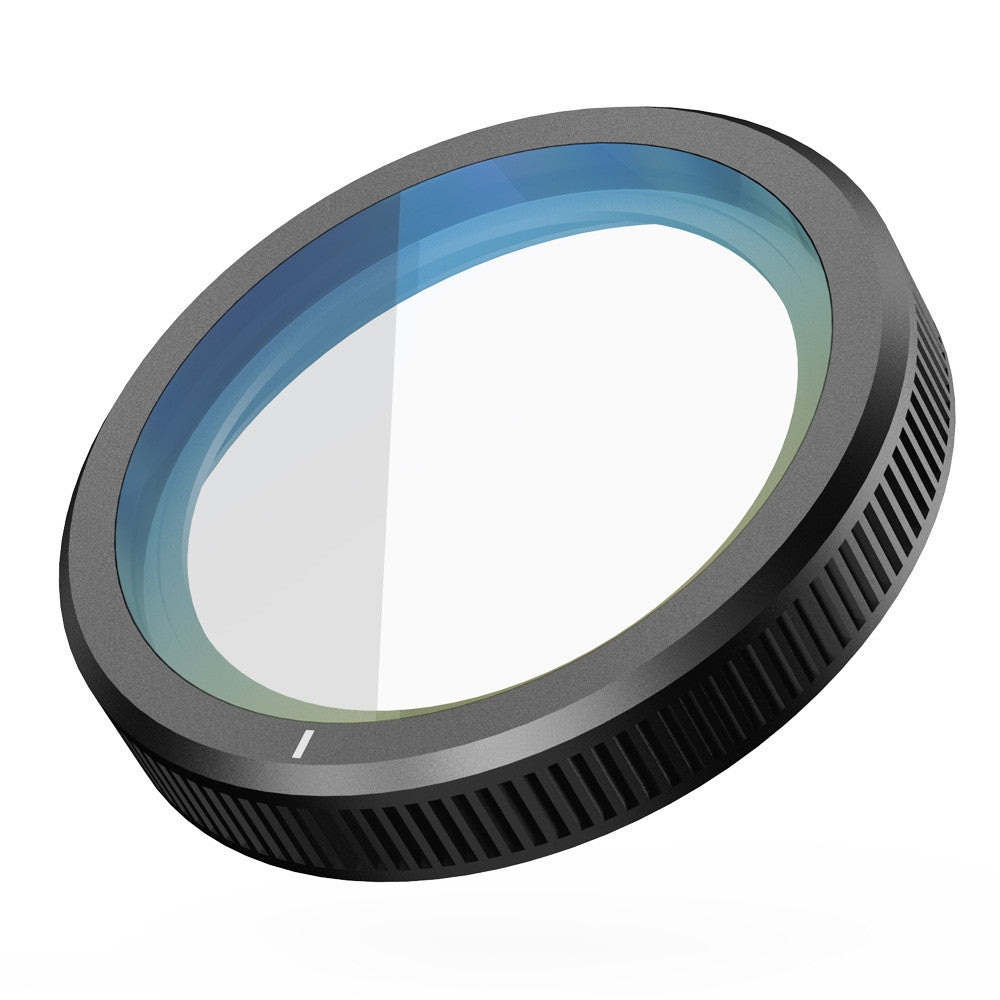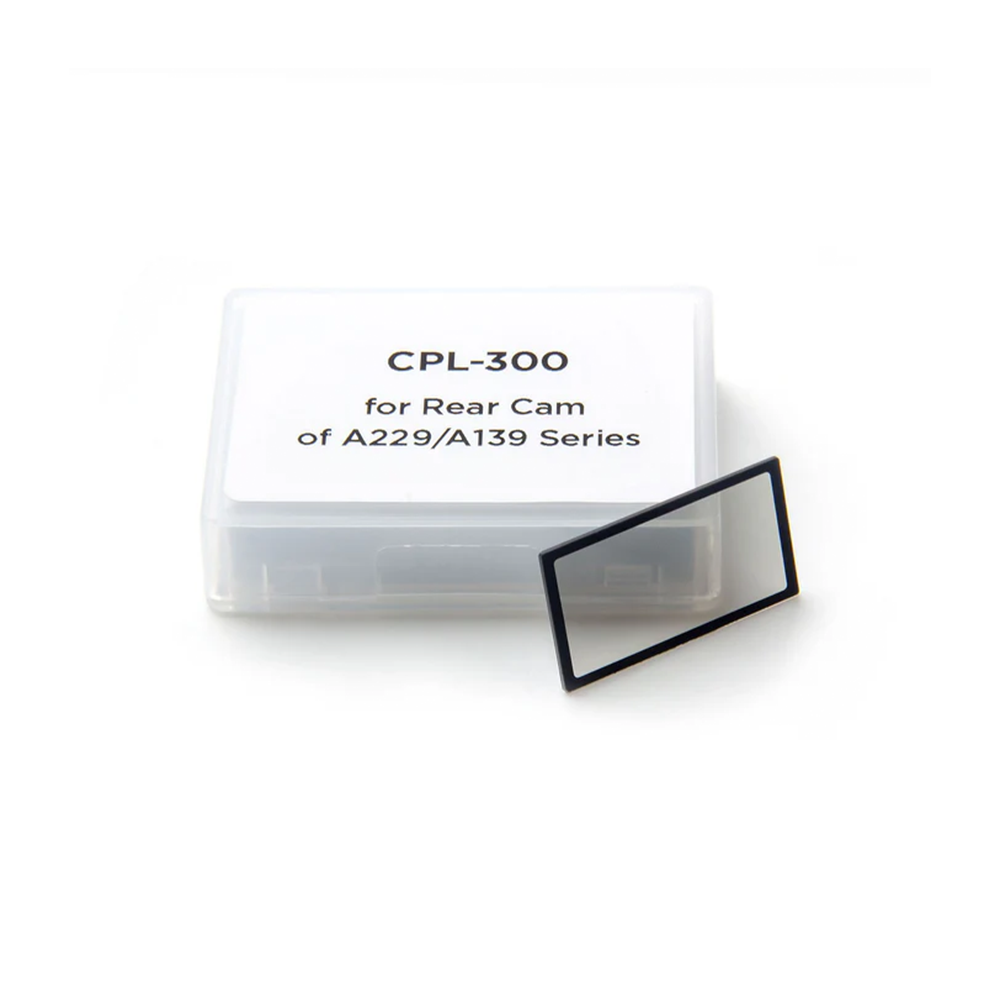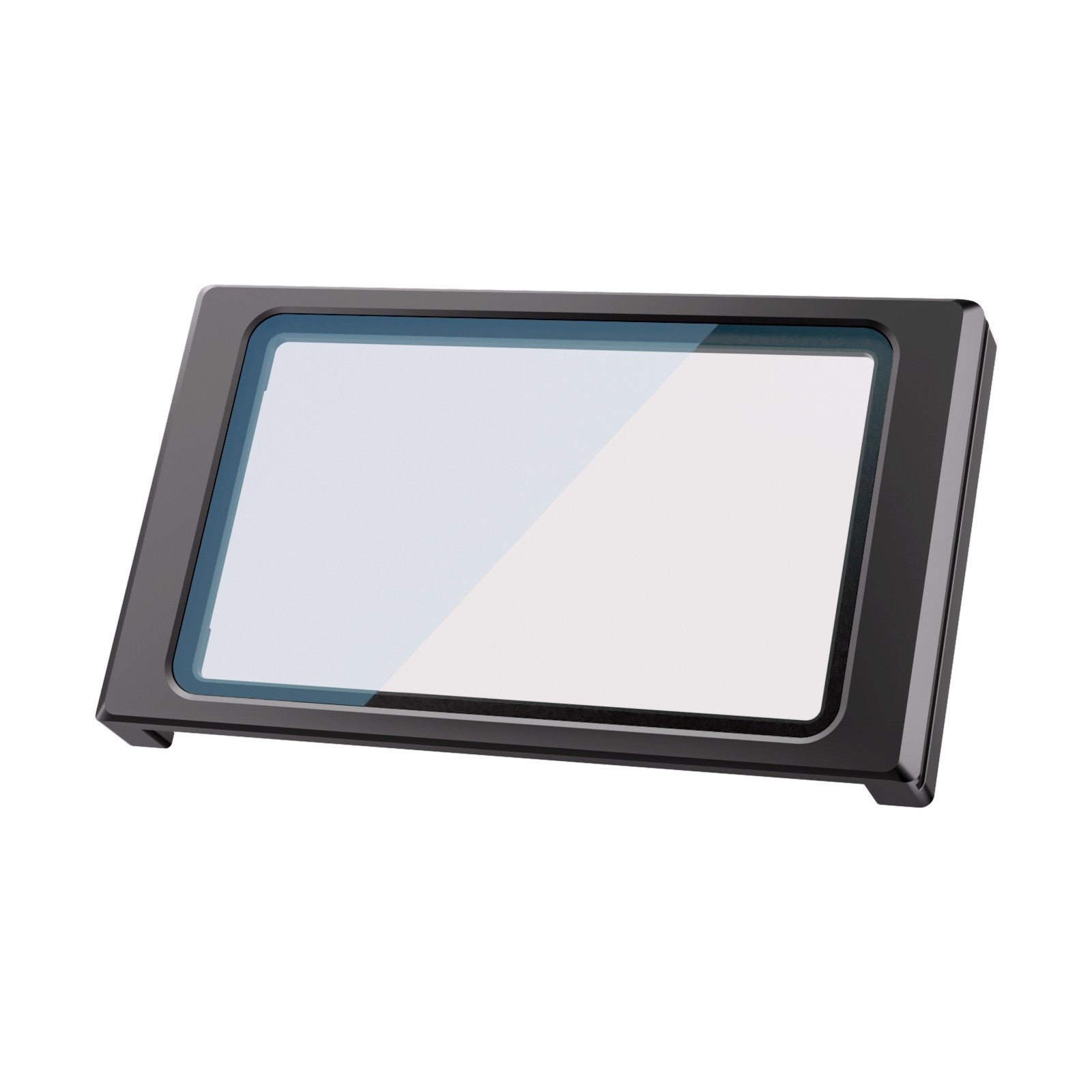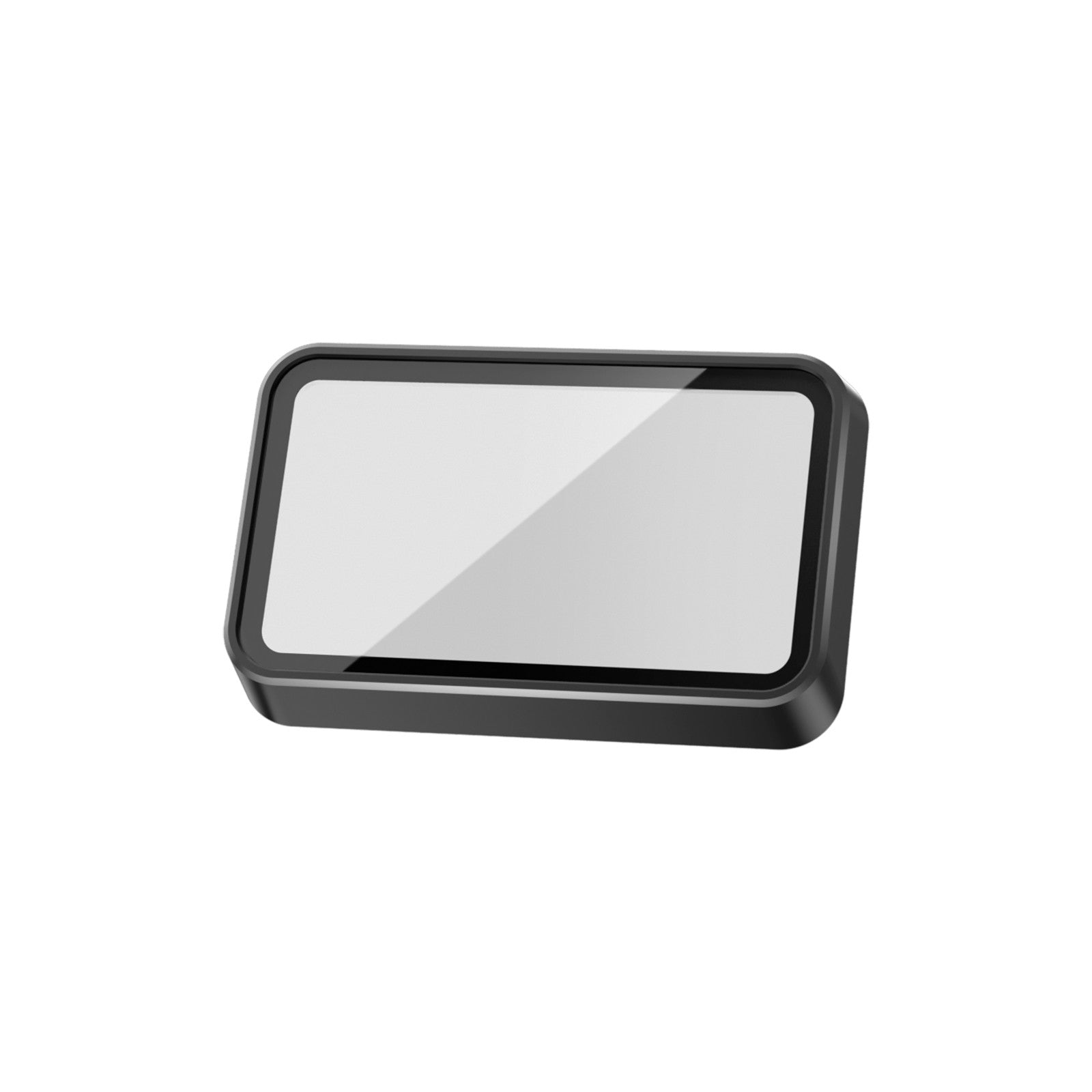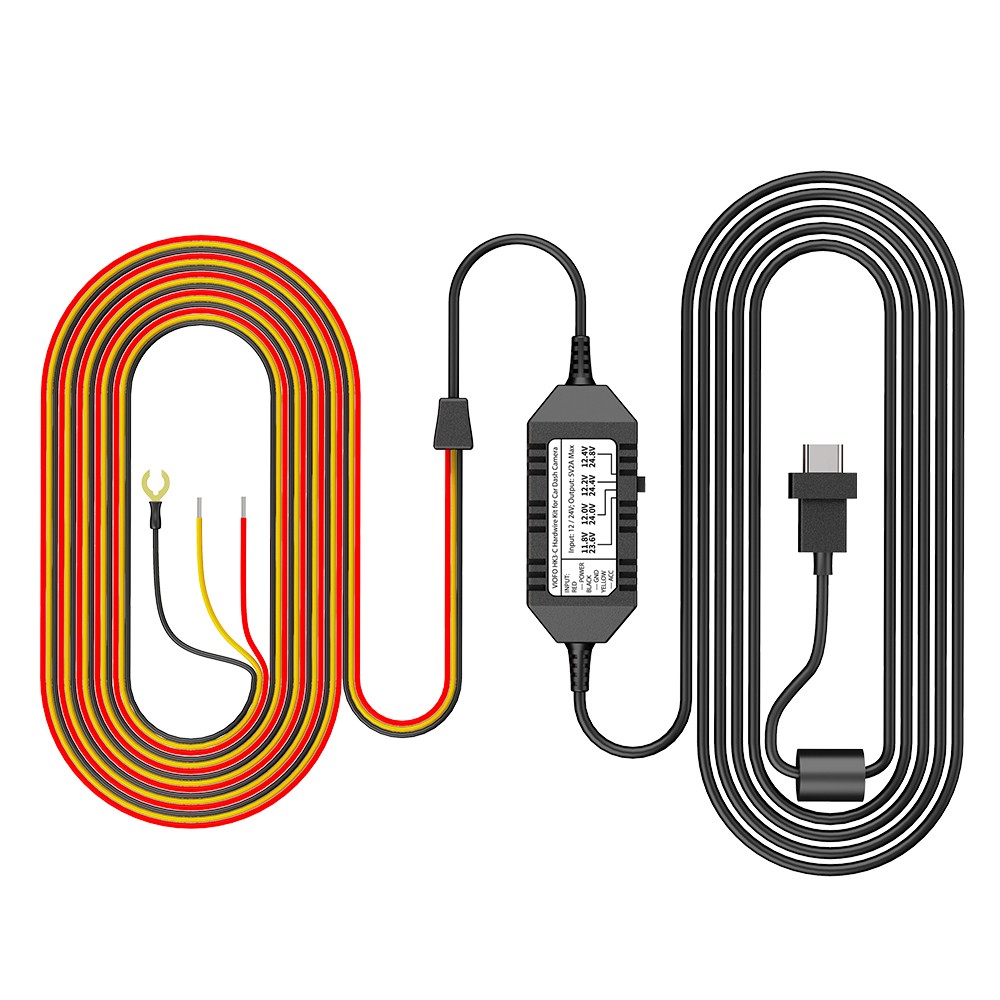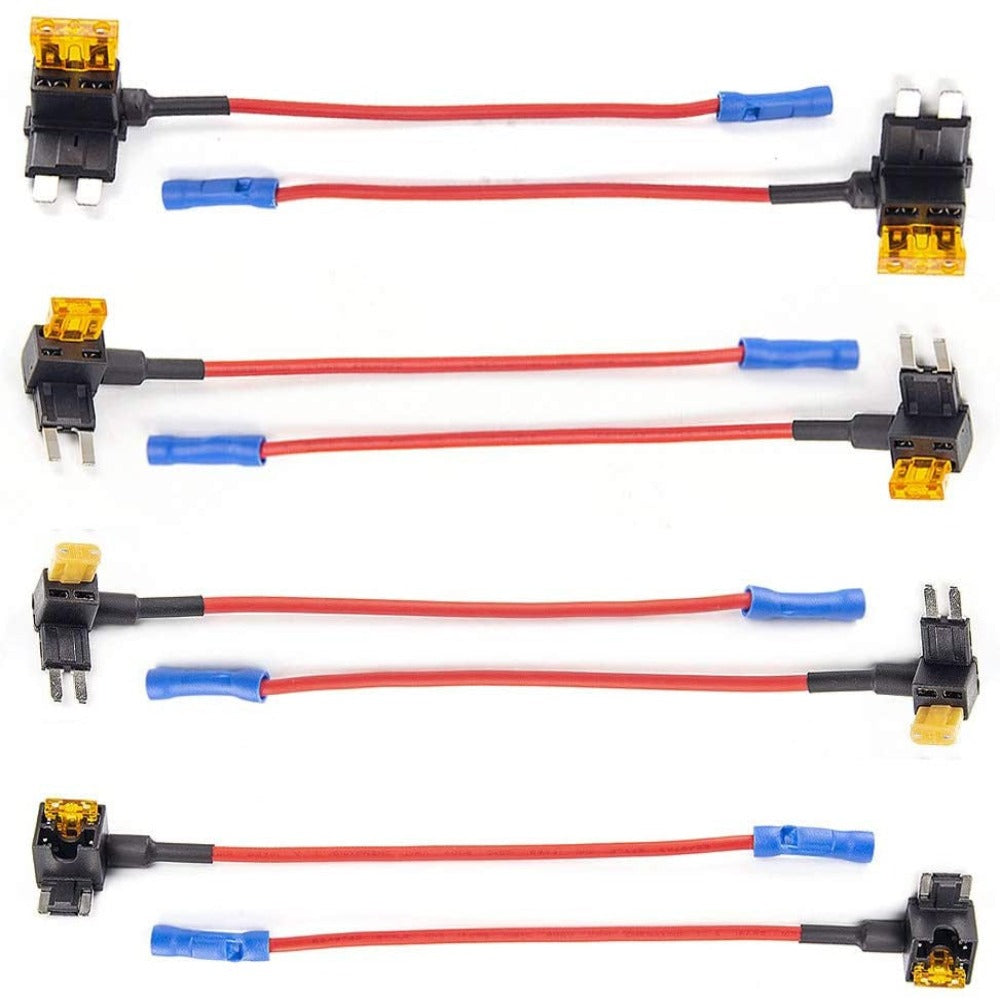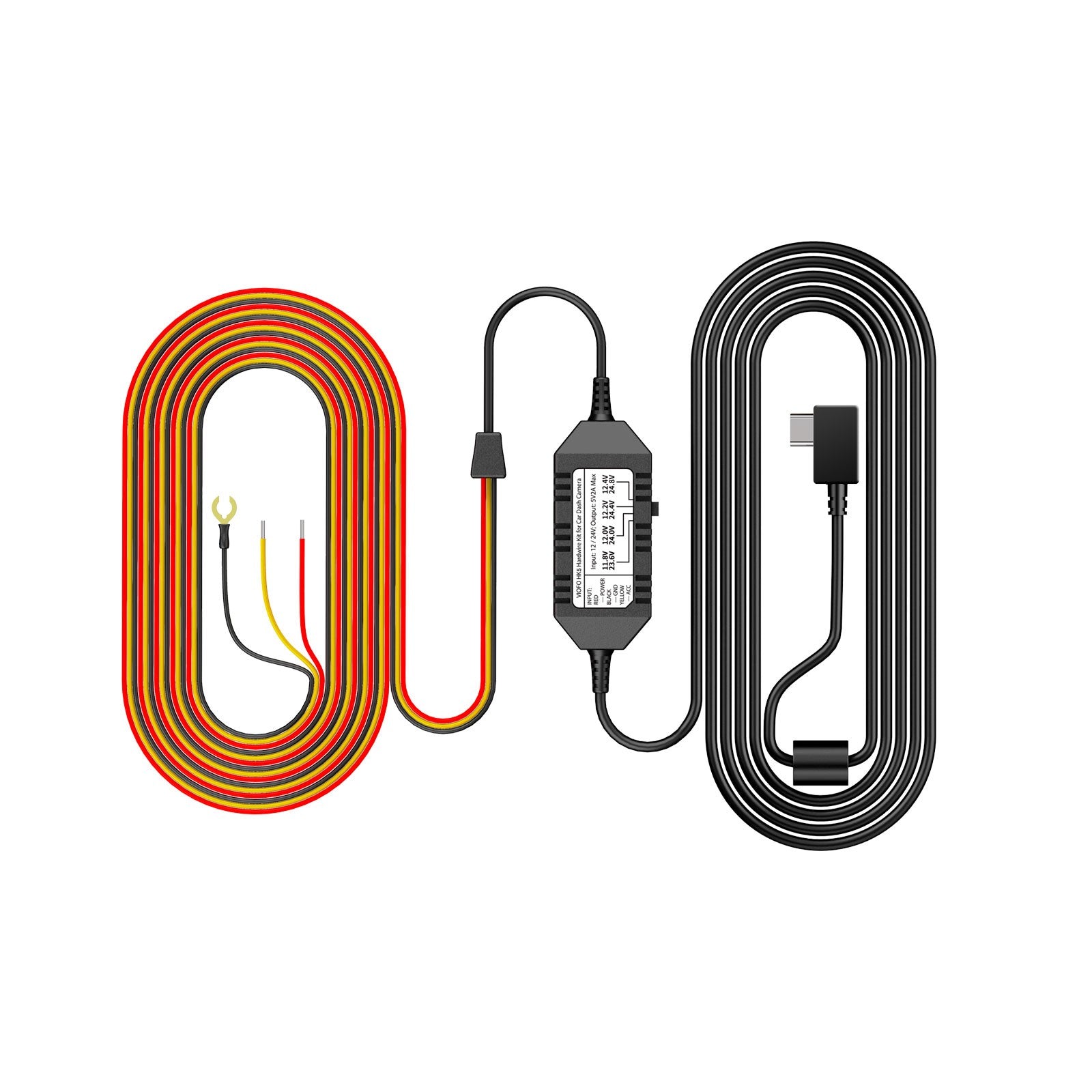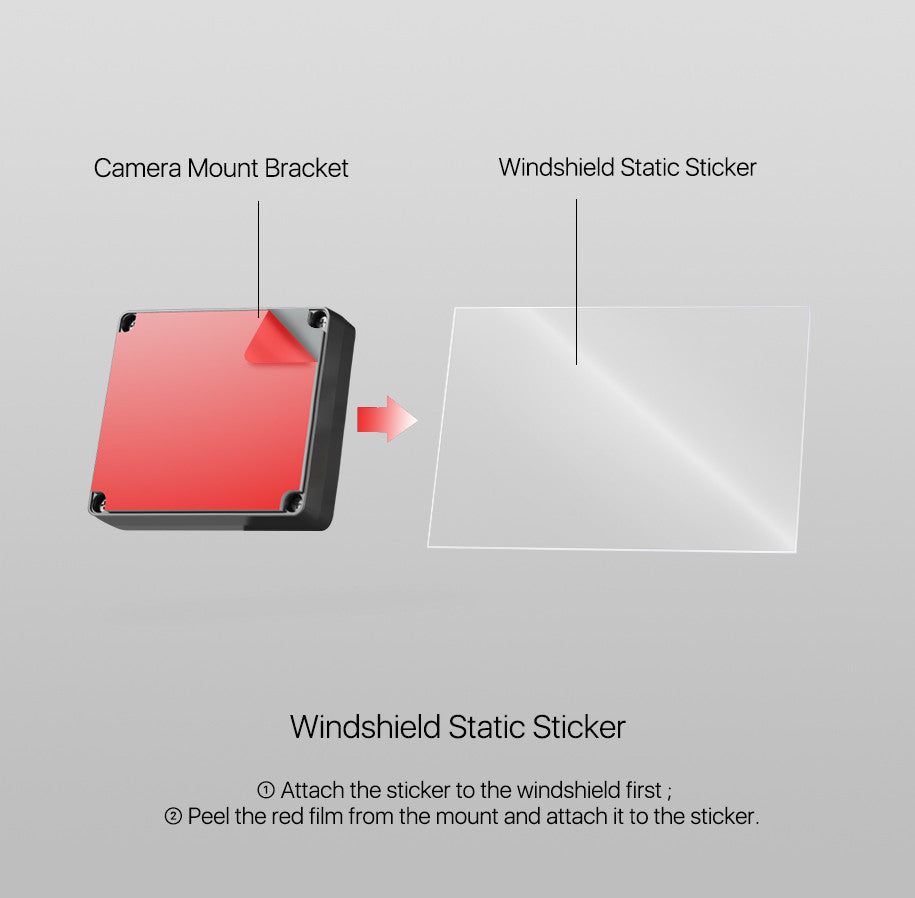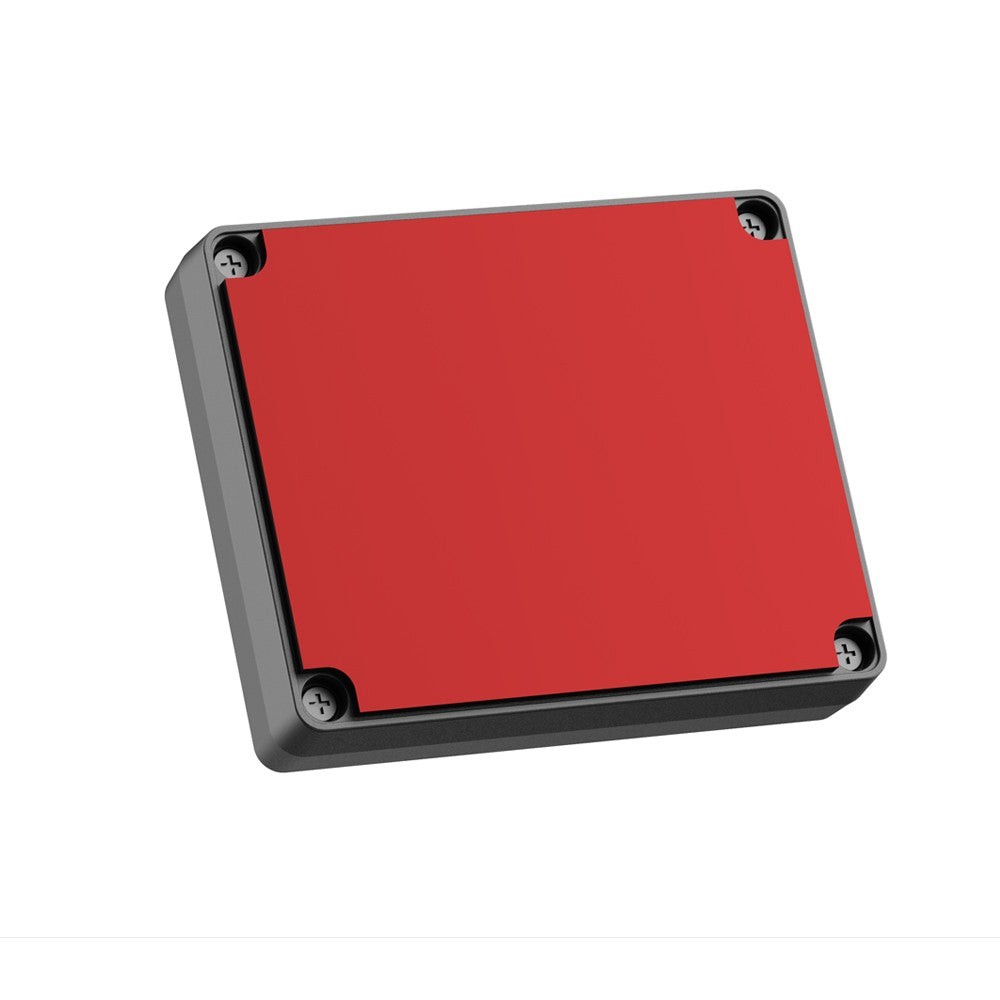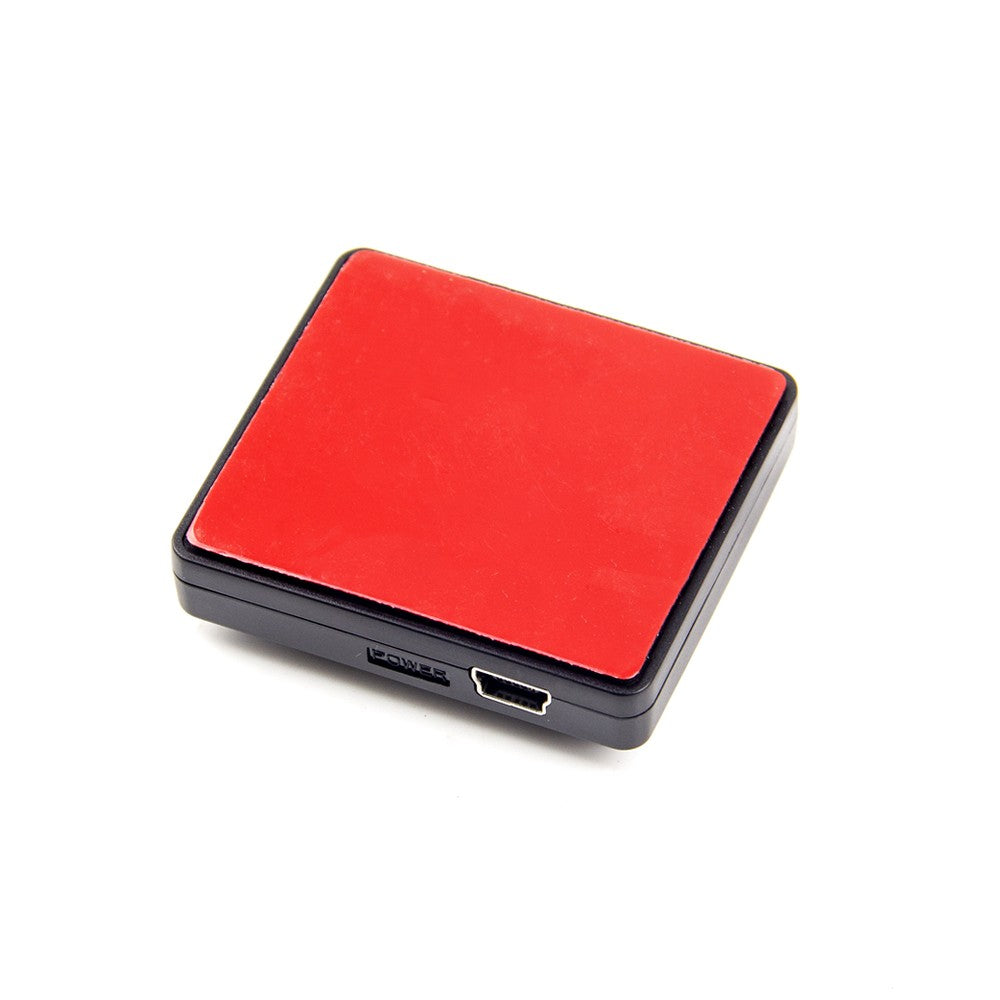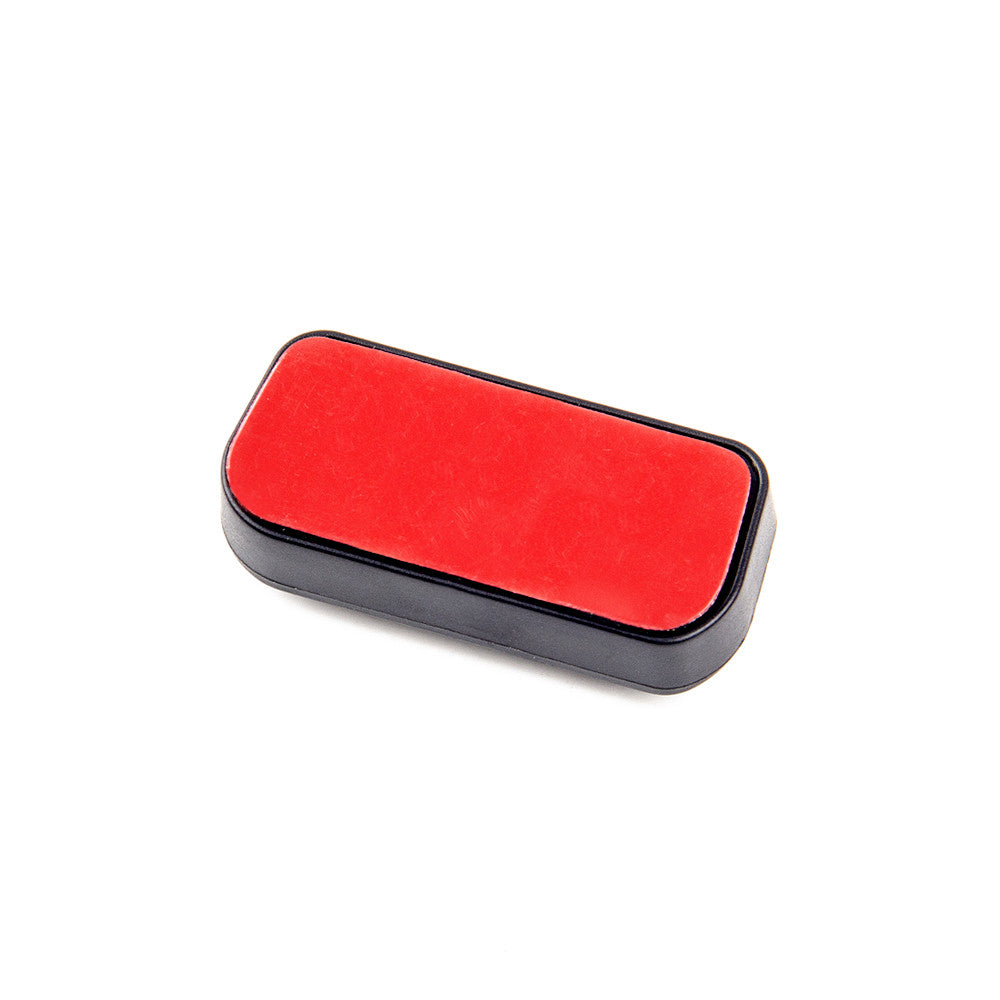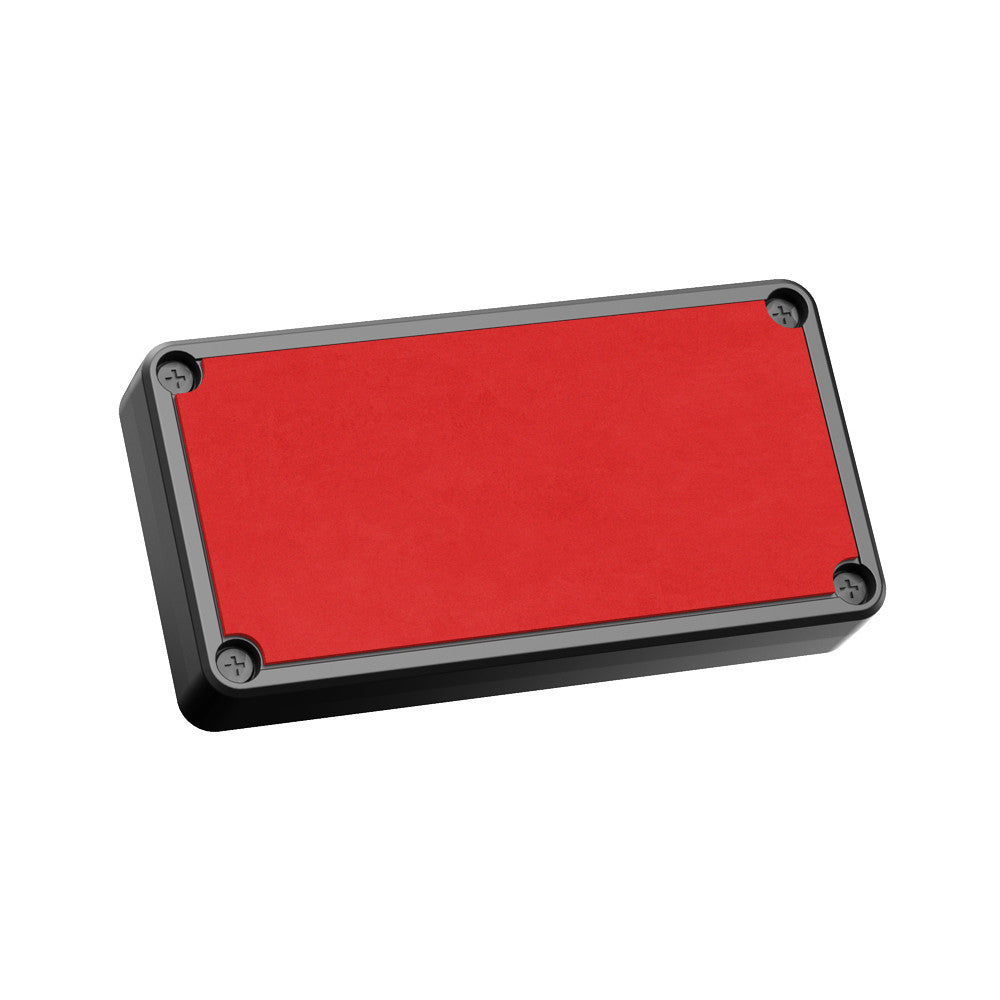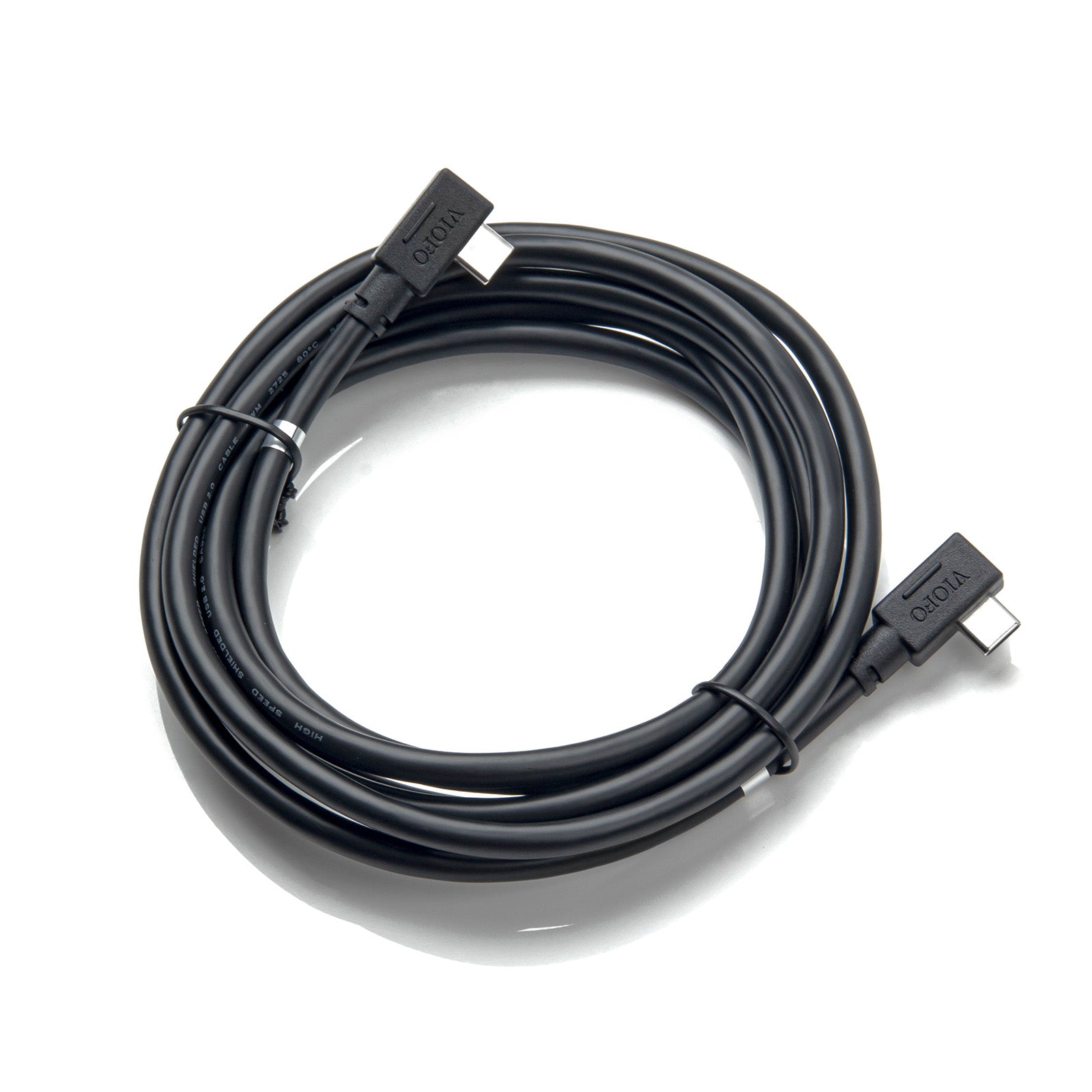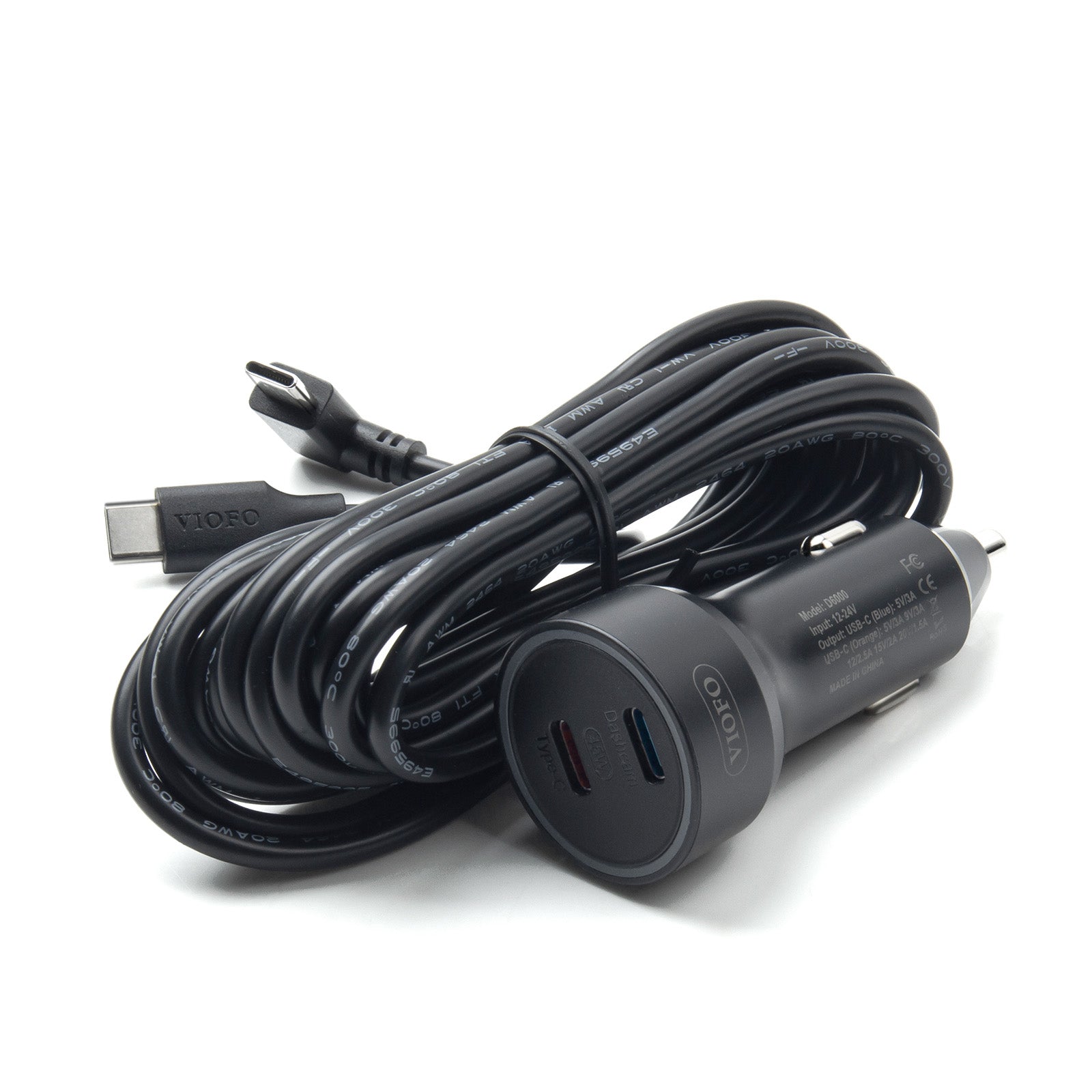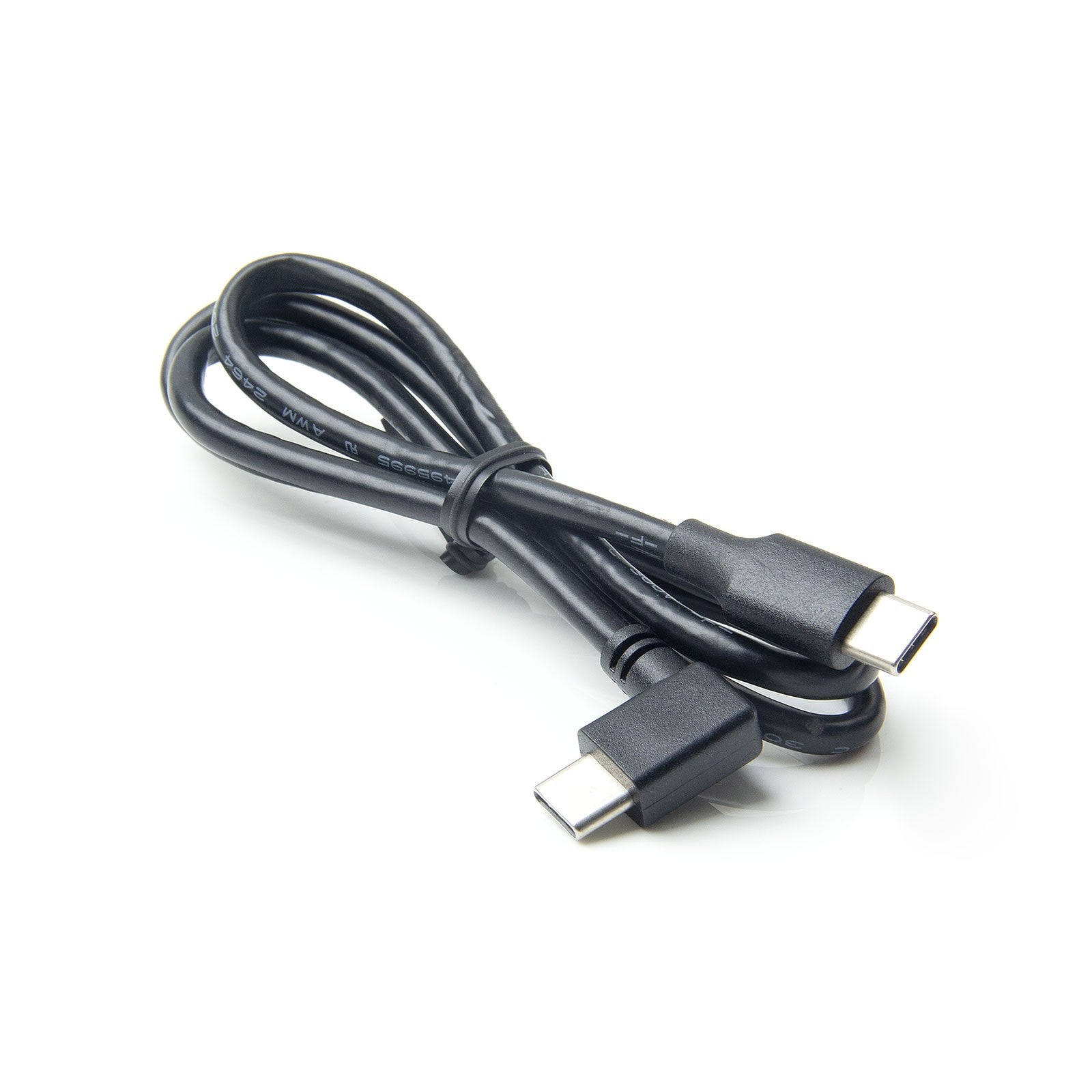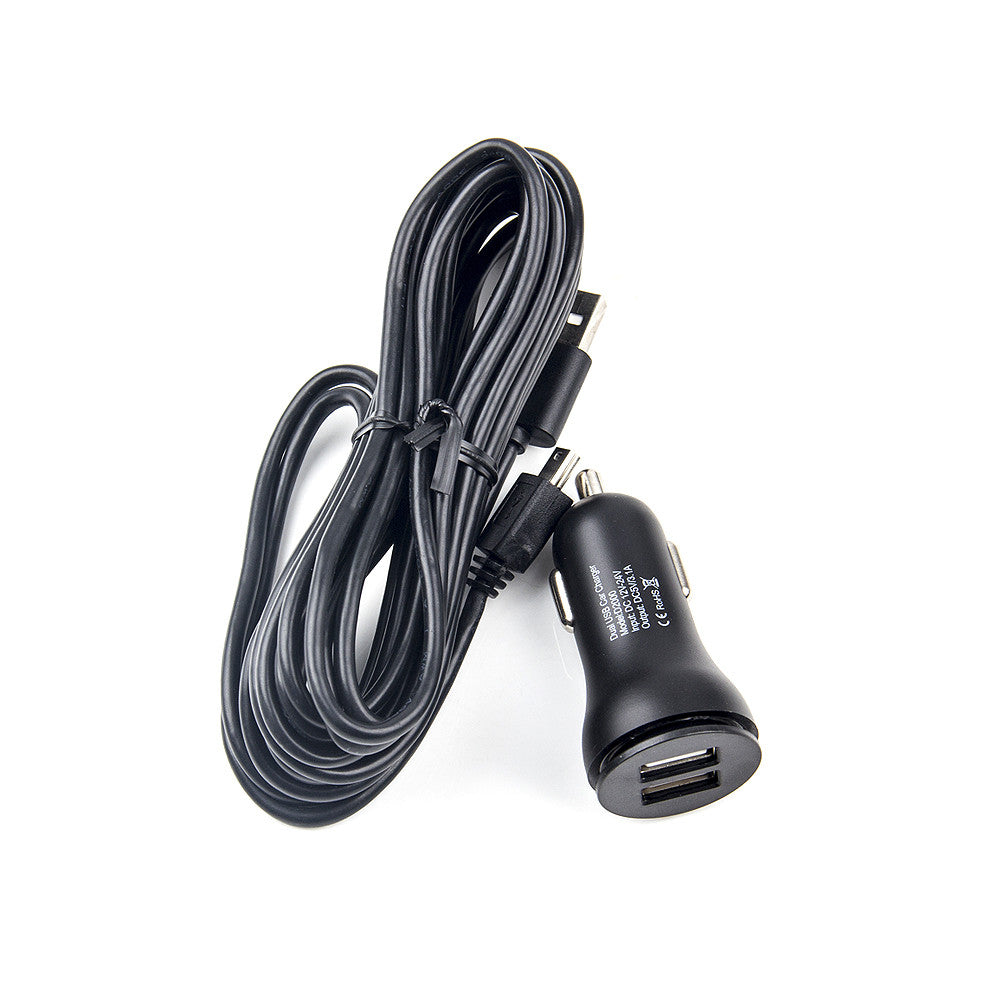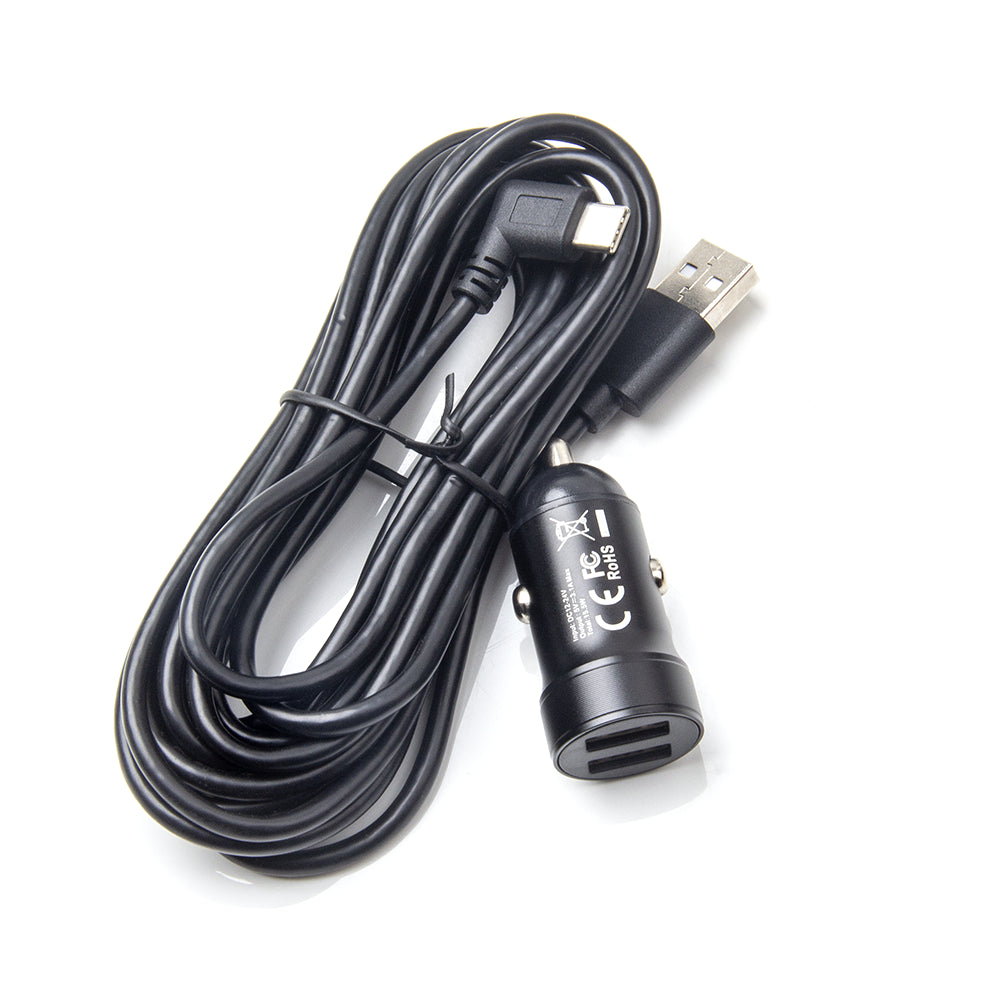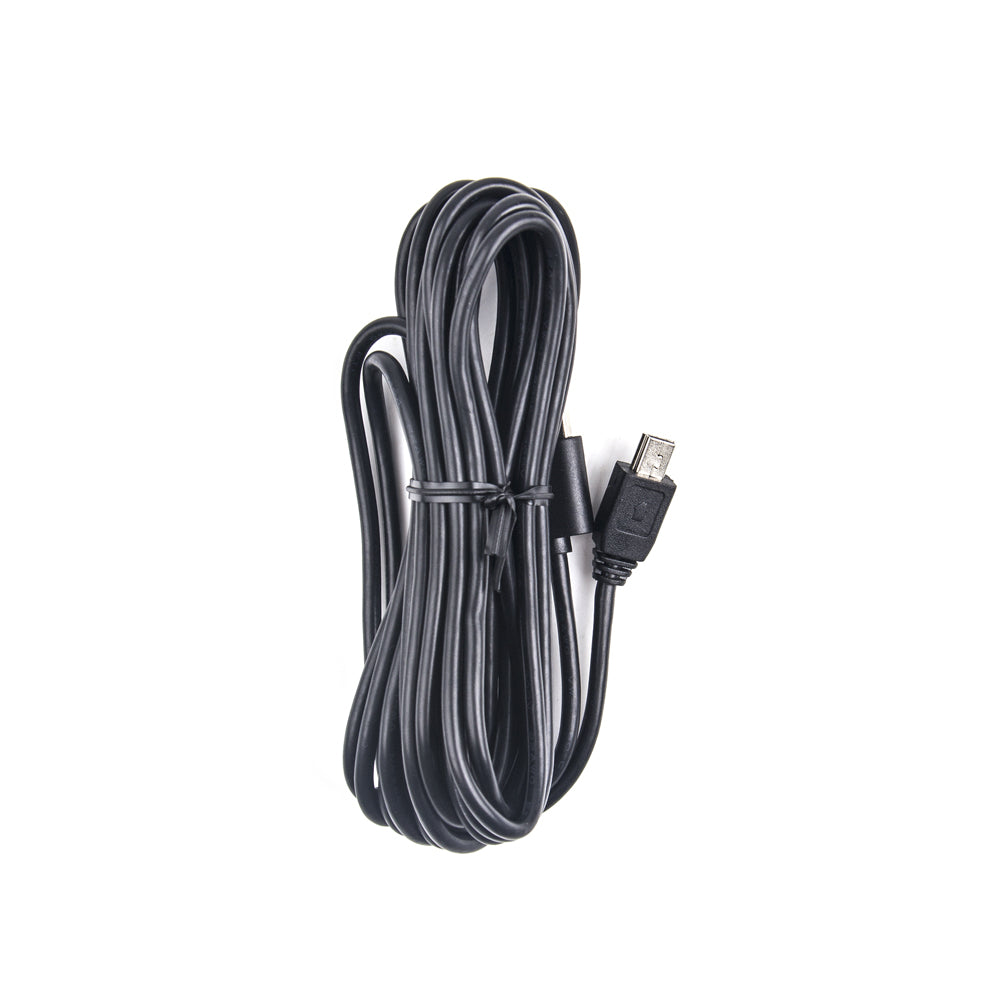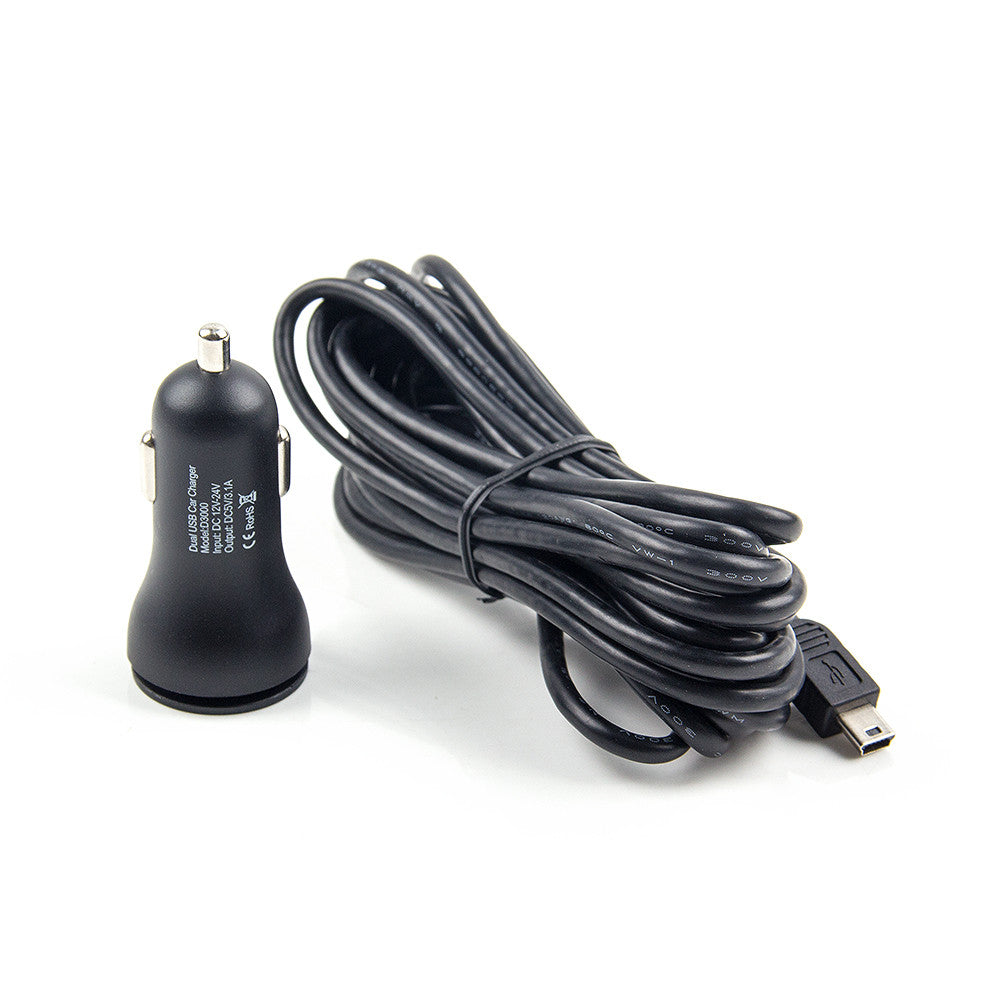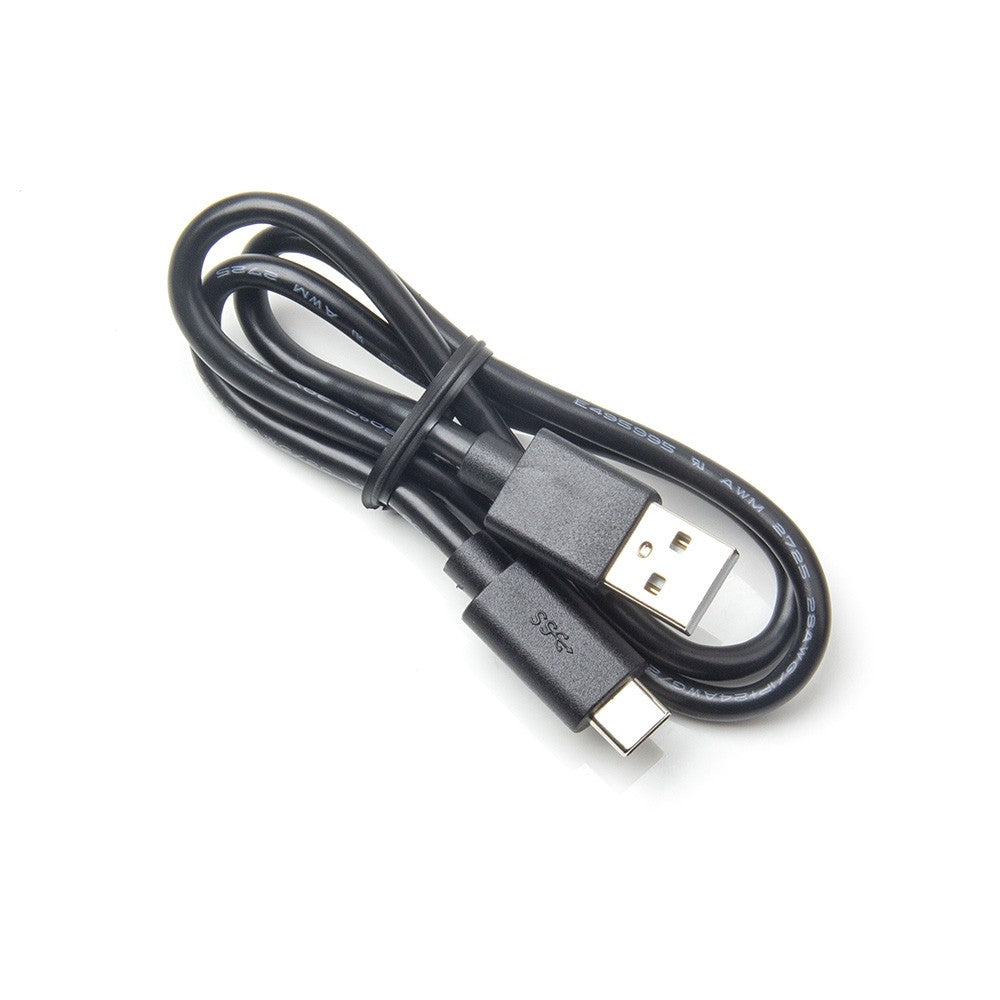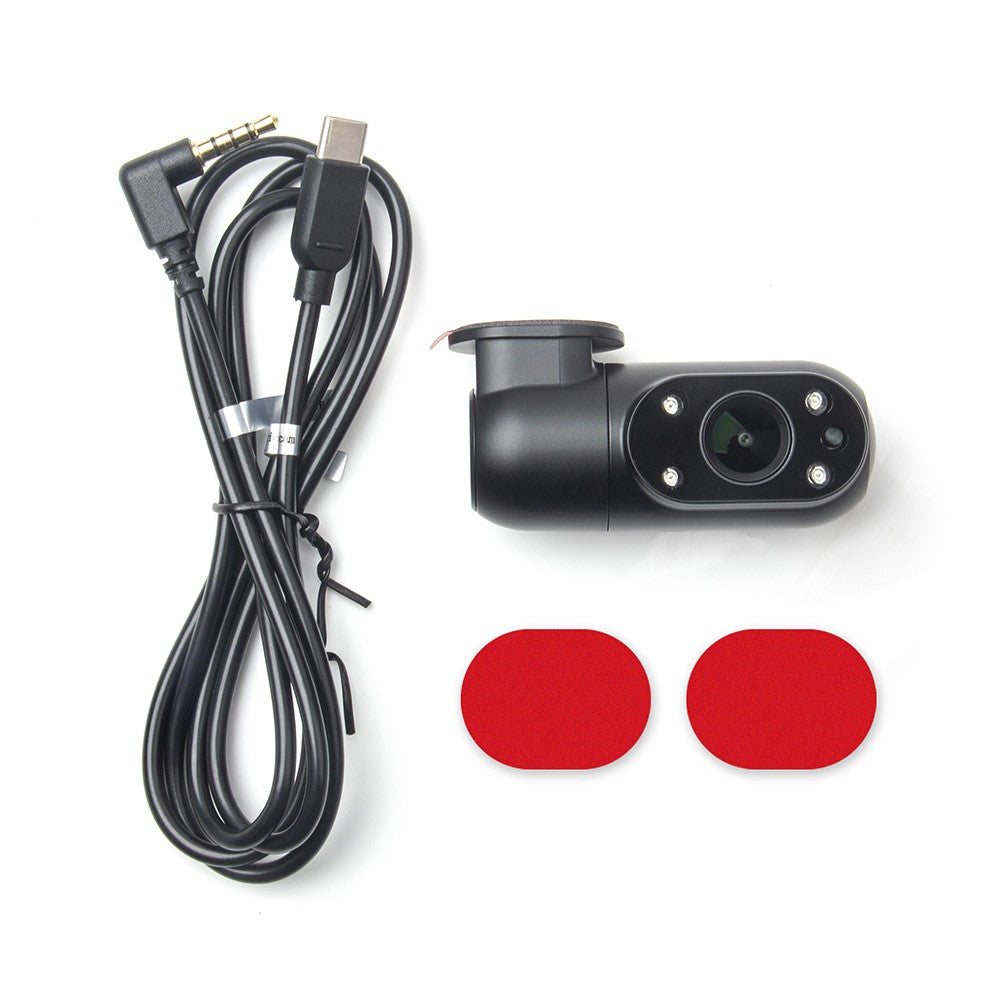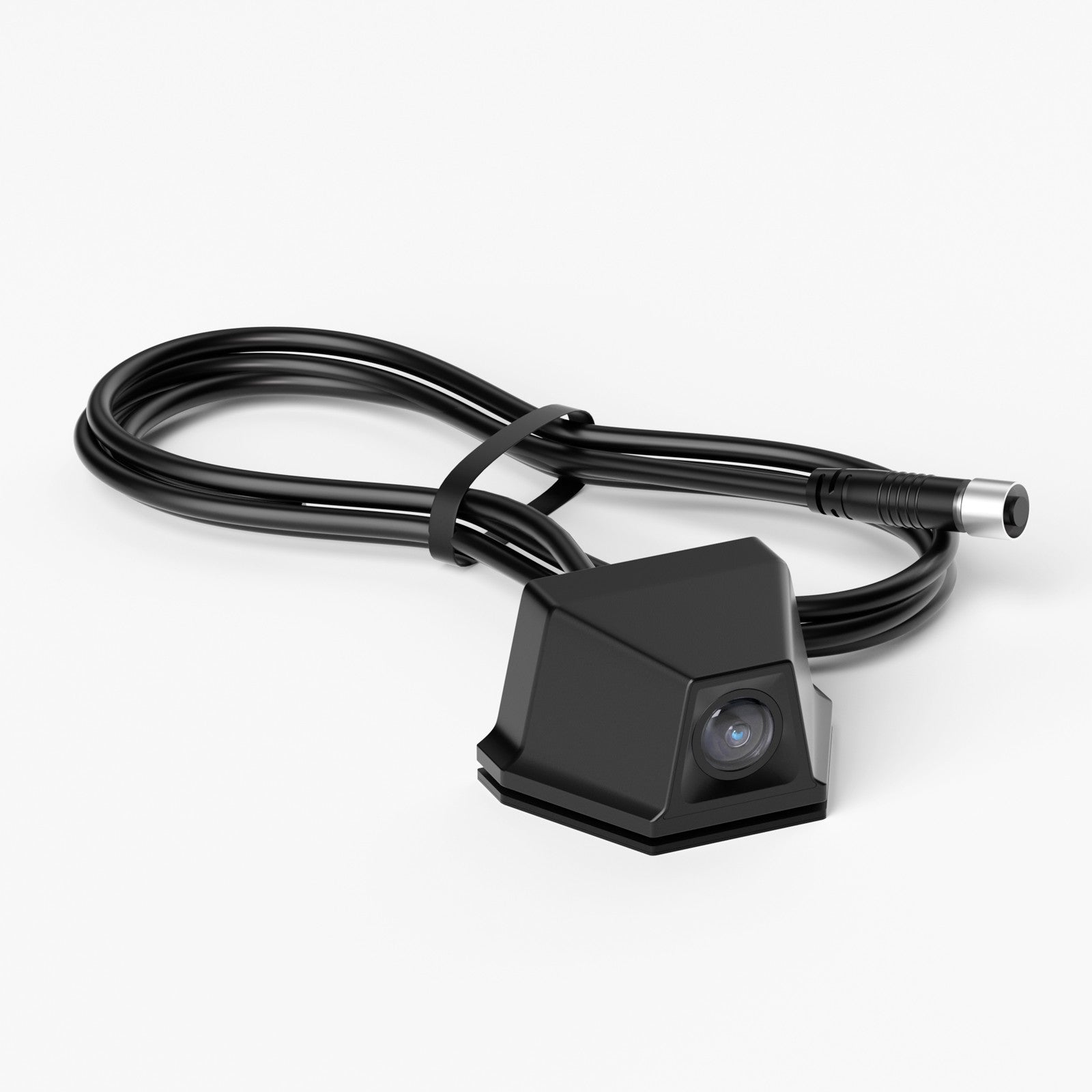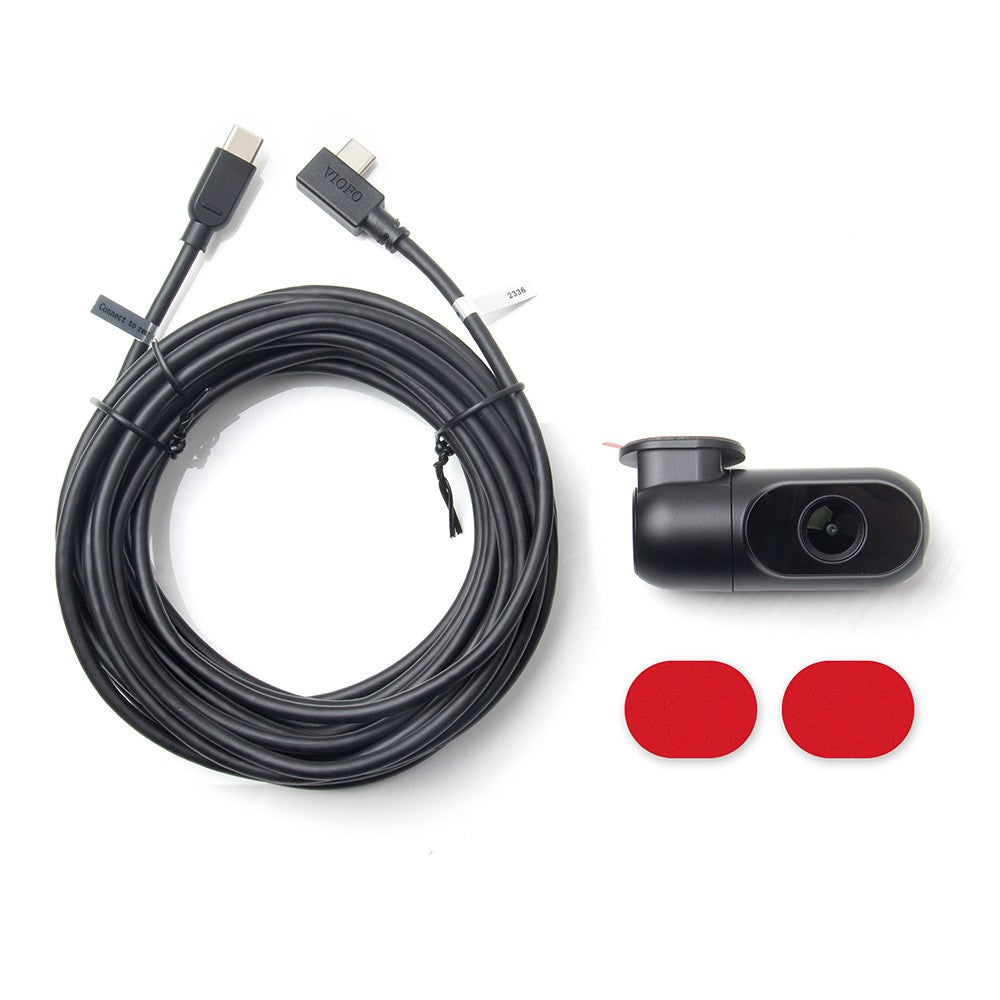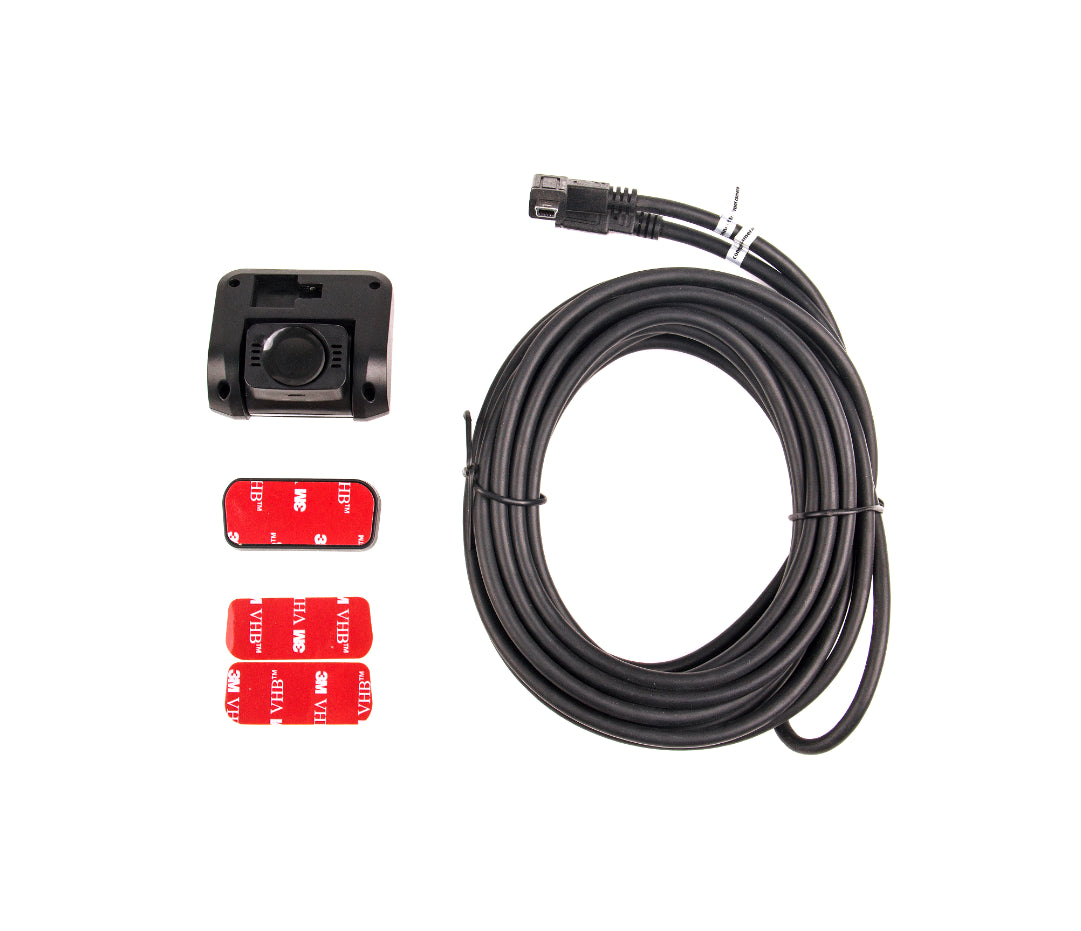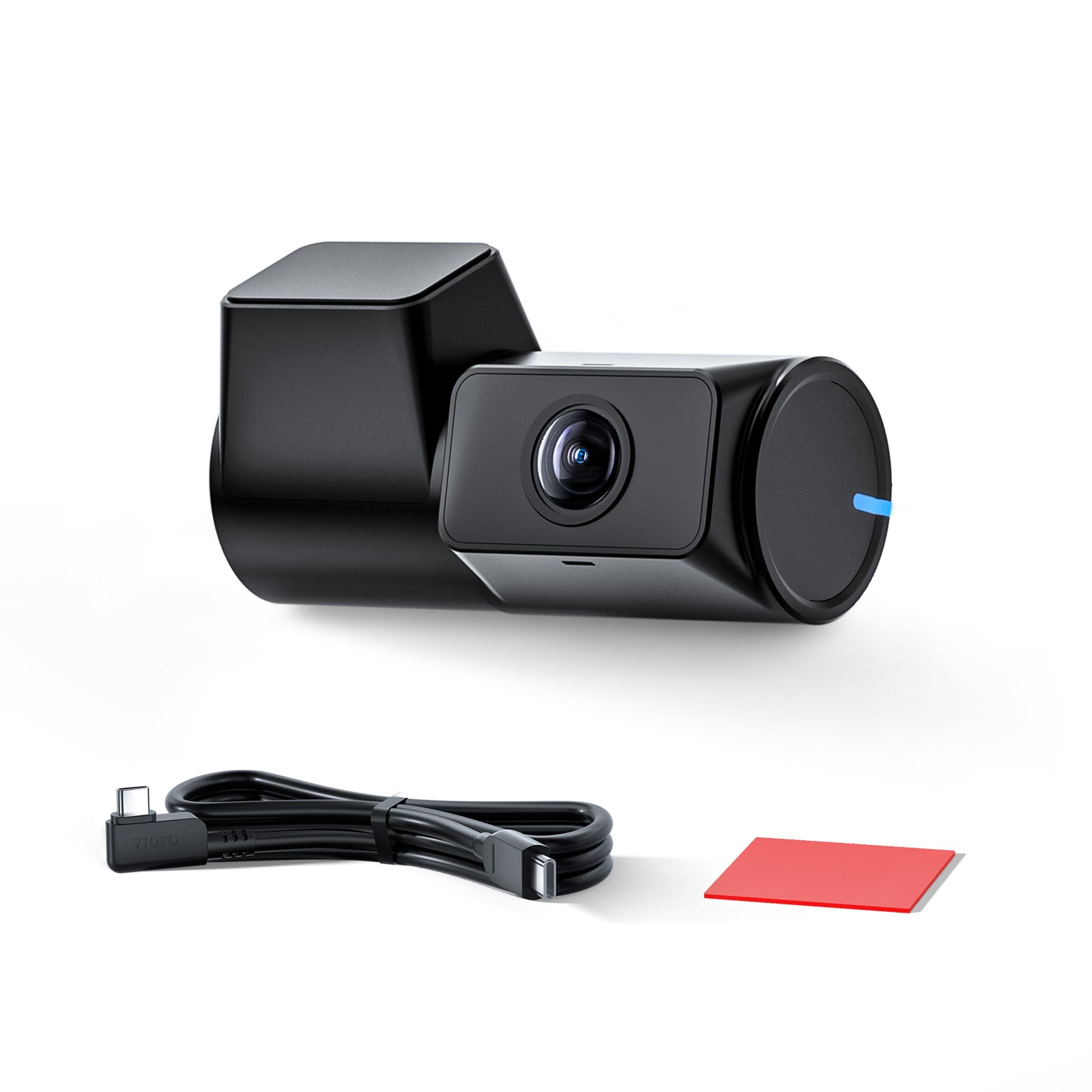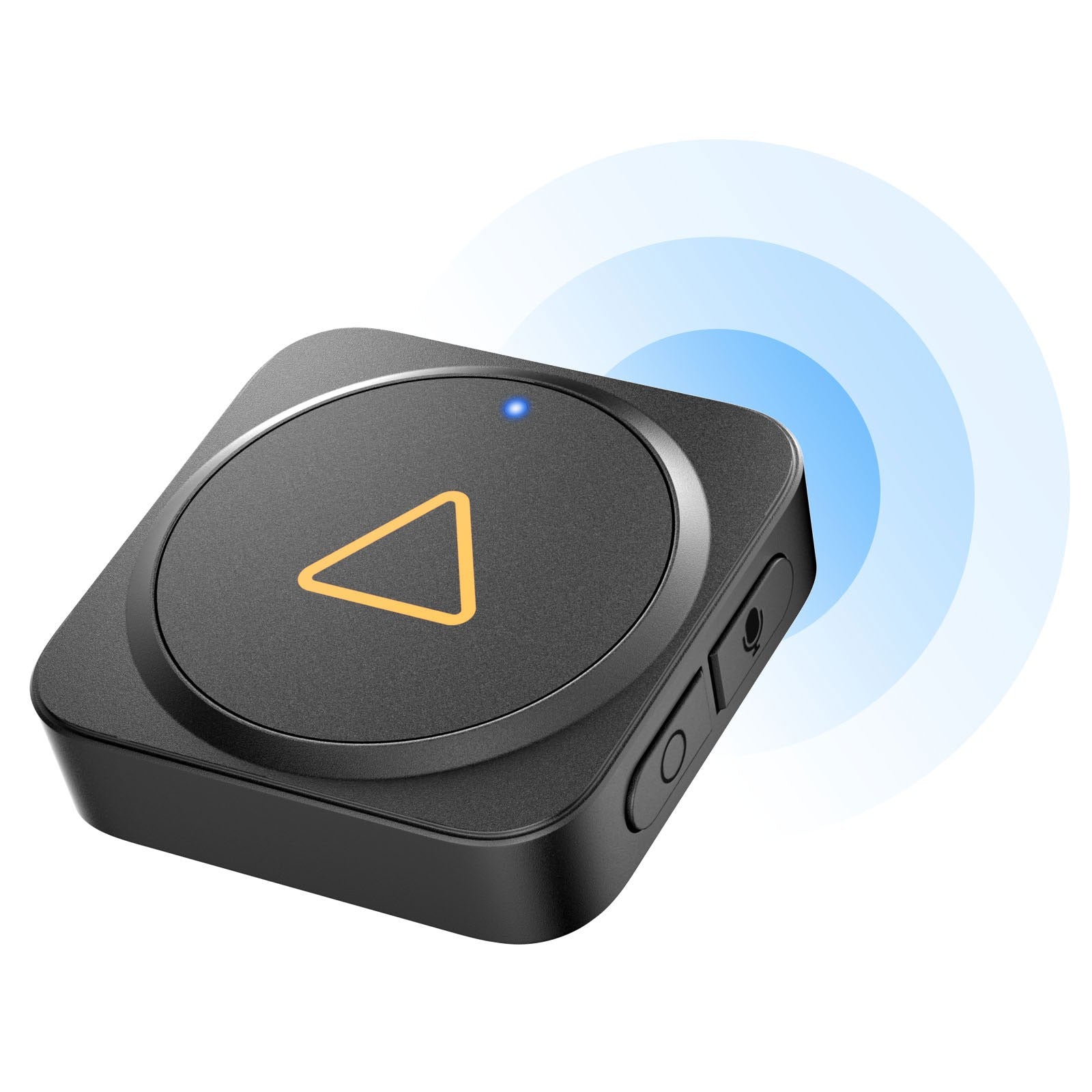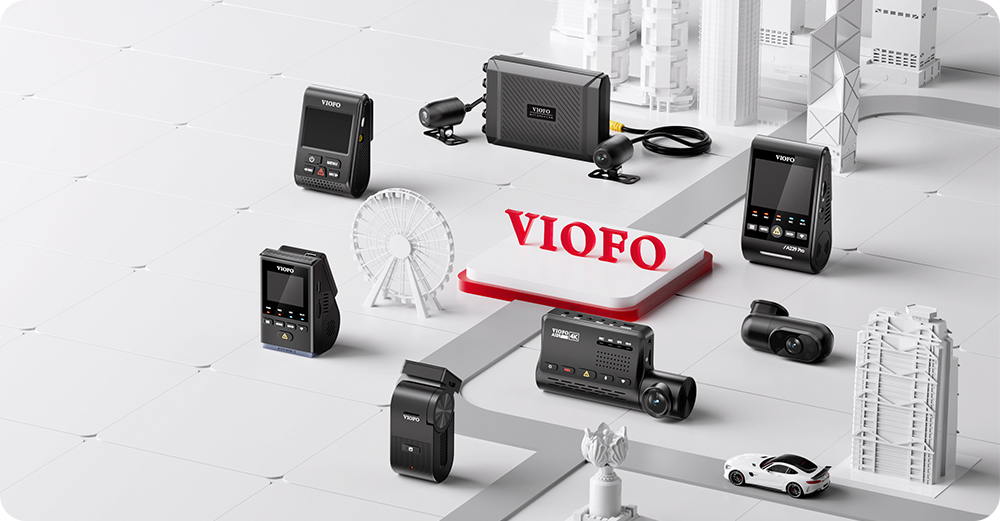What is buffered parking mode?
Buffered parking mode is a revolutionary upgrade to the existing parking mode. Buffered parking mode which is also called pre-buffered parking mode, means the dash cam records the cache without written in the micro SD card. Once an event is triggered, the cache will be written in the micro SD card to realize pre-recording for the event. If no movements are detected, those recorded caches (or buffer) will not save in the micro SD card. Recorded videos could include some seconds before an event being detected with normal playing speed and normal image quality.
How the event is triggered?
Both G-sensor and motion could trigger buffered parking mode.
The G-sensor measures shock forces to save the video recorded at the time. Motion is detected when any movement happens in the dash camera’s FOV (field of view).
Why buffered parking mode?
This is a proper parking mode to meet the user’s needs. Users could easily find clear important videos easier without looking for long-time video recorded during the whole parking time. In buffered parking mode, the VIOFO dash cam records a video sequence (starting 15 seconds before the event and finishing 30 seconds after the event) and saves the video into micro SD card when an event is detected.
What is the difference between buffered parking mode and motion detection?

Motion Detection: When activated, the camera will start recording if there is movement in front of the camera. Once the camera does not detect movement for 60 seconds, it stops recording and returns to the “Motion Detection” mode. The camera will record again in the time of detecting a new movement.
Compared with motion detection, buffered parking mode has the ability to record not only accident results but also the impact, crucial in giving drivers much more information. It means in case of a hit-and-run, your VIOFO switches to regular event recording, including the 15 seconds before the impact and 30 seconds after the impact.
Where to find recorded files?
The auto event detection mode detects both motions and impacts (detected by G-sensor):
Ø recorded by the front camera (Parking Mode files marked “PF” in the file list)
Ø detected by the rear/interior camera (Parking Mode files marked “PR” in the file list).
The file name of the front camera is Year_Date_Time_PF, and Year_Date_Time_PR for the Rear/Interior camera.
These files are saved under Movie folders.
Tips:
l Buffered parking mode will only work under the auto event detection of the parking mode. Turn on auto event detection, the buffered function will work automatically.
l Files under Movie could not be locked to avoid being overwritten by loop recording.
How to access?

1. Access Buffered Parking Mode settings under menu:
Parking Mode>Select “Auto Event Detection” (including buffered parking mode).
If your camera has no screen (such as A139, A139 PRO, T130, WM1), please setup on app.
2. Set sensitivity during parking:
• Parking G-sensor: The G-sensor detects significant or sudden movement (such as an impact or collision), it will trigger an event recording. We suggest setting it to High sensitivity in parking mode recording.
• Parking Motion Detection: Adjusts the sensitivity of the motion detection so minor motion caused by wind or rain doesn't trigger a recording.
3. Compatibility of dashcam models:
Our cameras A139, T130, A229 DUO, A119 MINI, A139 PRO, WM1, except A129 PLUS, support this feature.
Note:T130 & WM1 only supports 5s buffer, not 15s as others.
Click below for support page of each camera
https://viofo.com/content/42-help-and-support/
Tips:
l For a better experience for parking mode, VIOFO HK3, HK3-C, HK4 is suggested to support buffered parking mode gain better parking mode experience.
l A micro SD card (like VIOFO micro SD card) with high quality and large capacity is also recommended which is helpful for longer recording time and better user experience.
l For a more accurate and smooth parking mode experience, it is better to add a GPS for speed detection.

